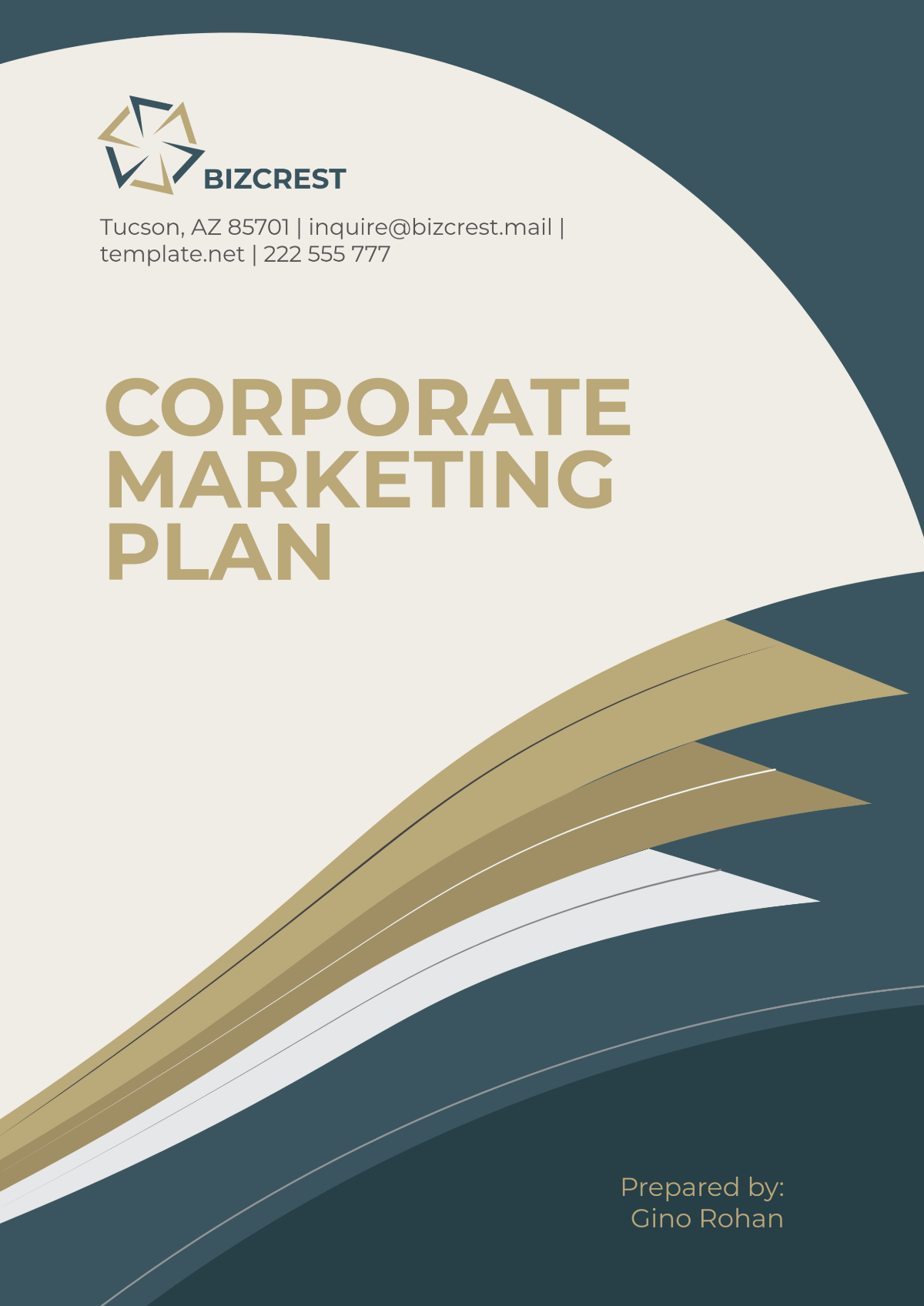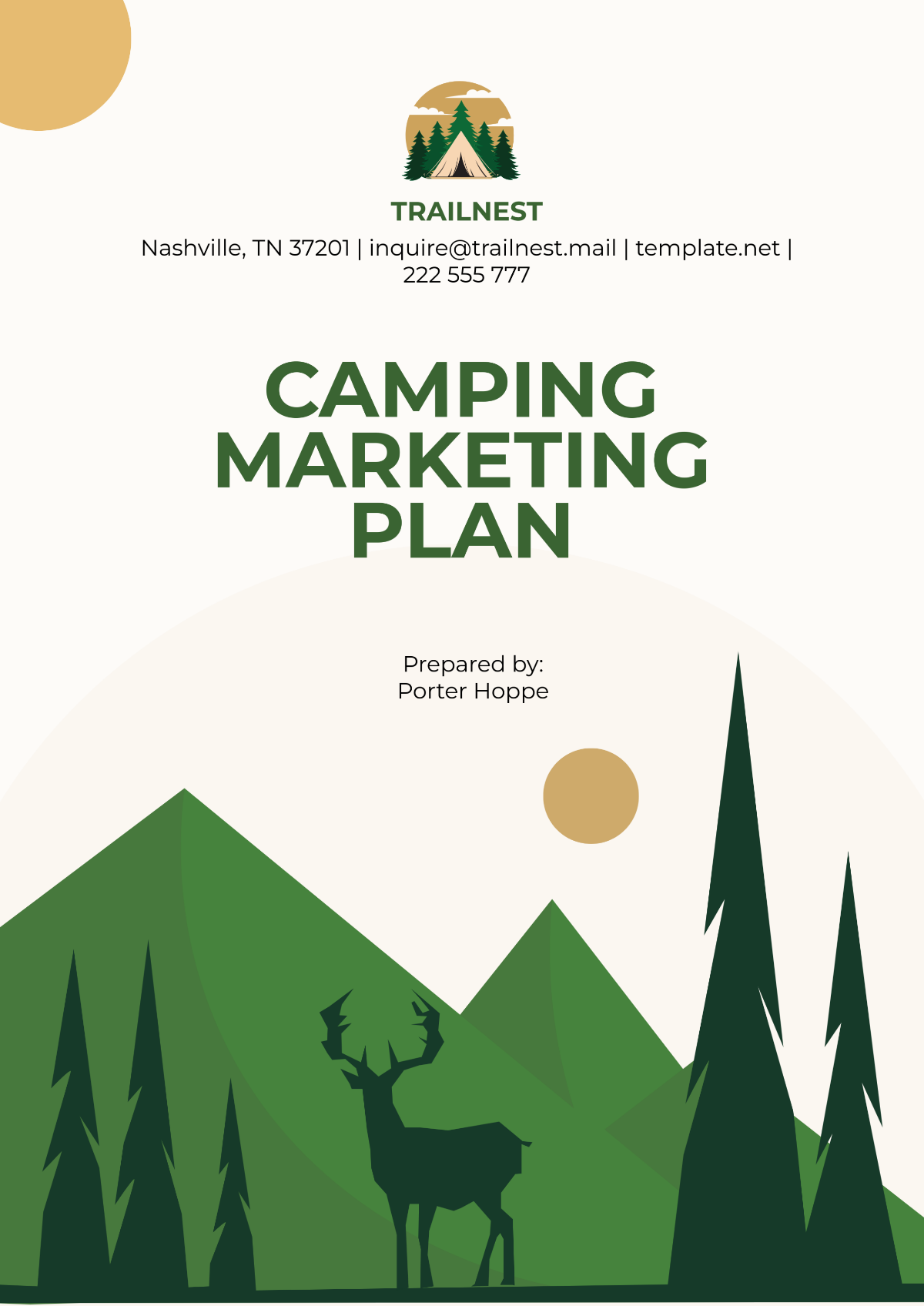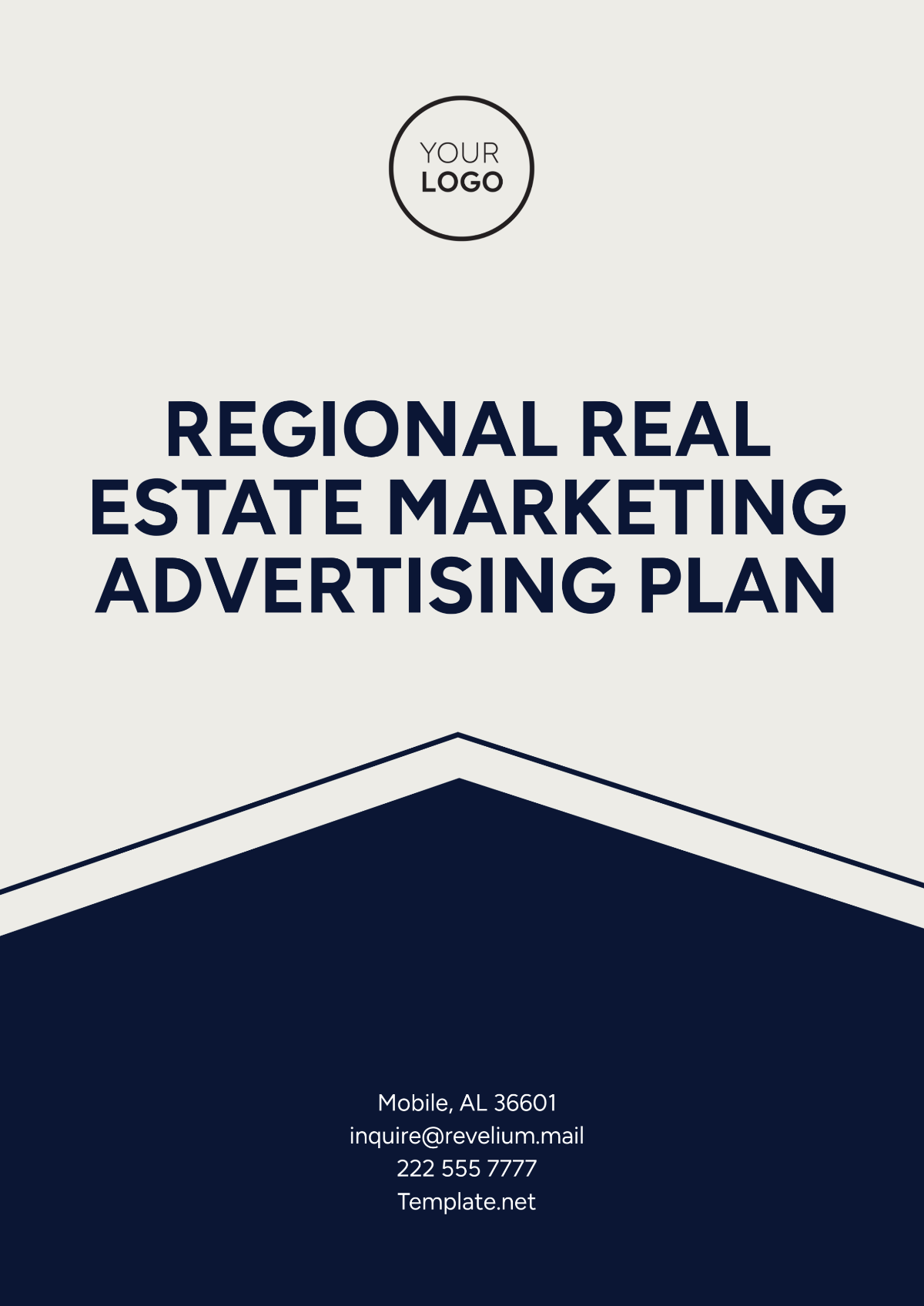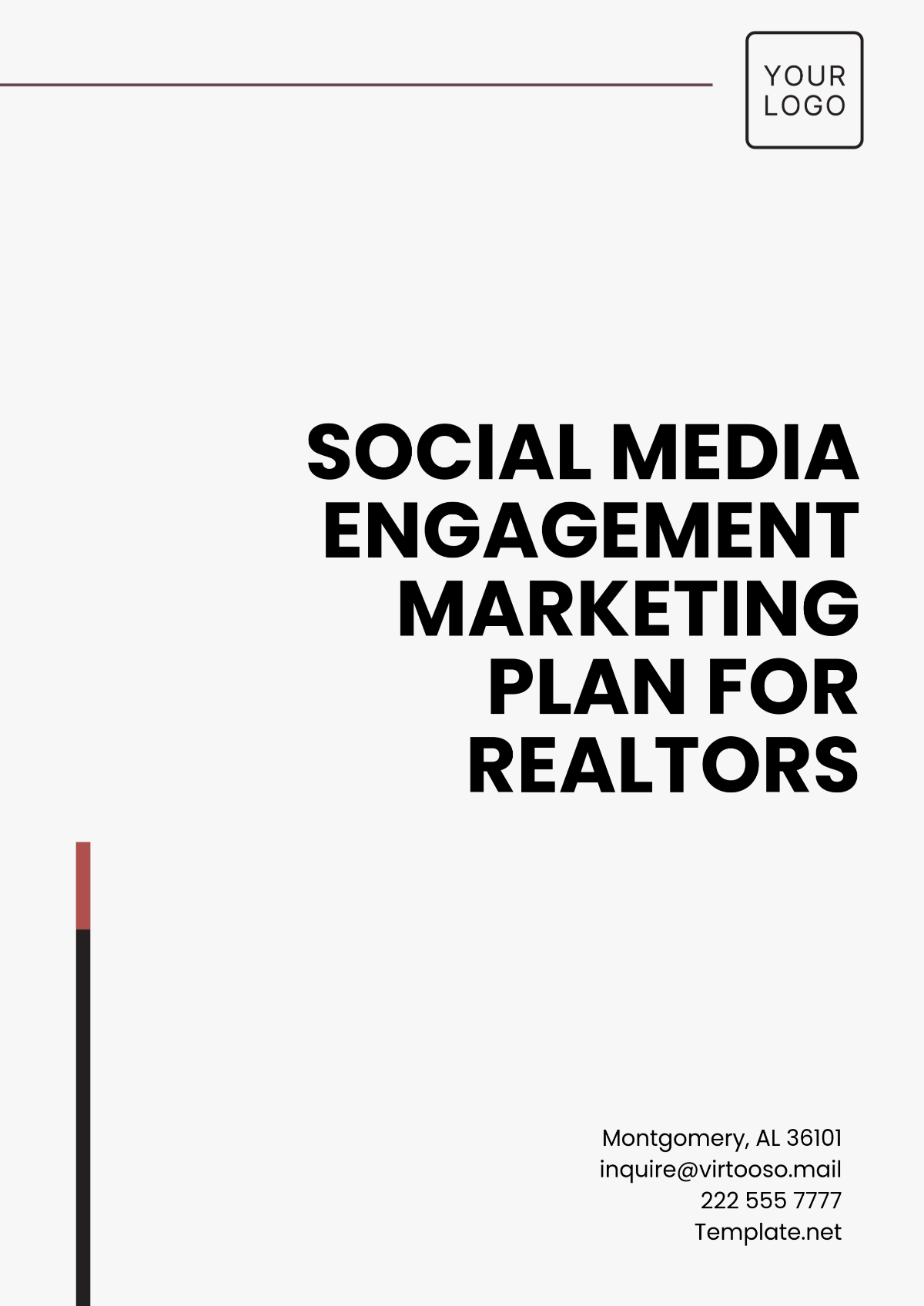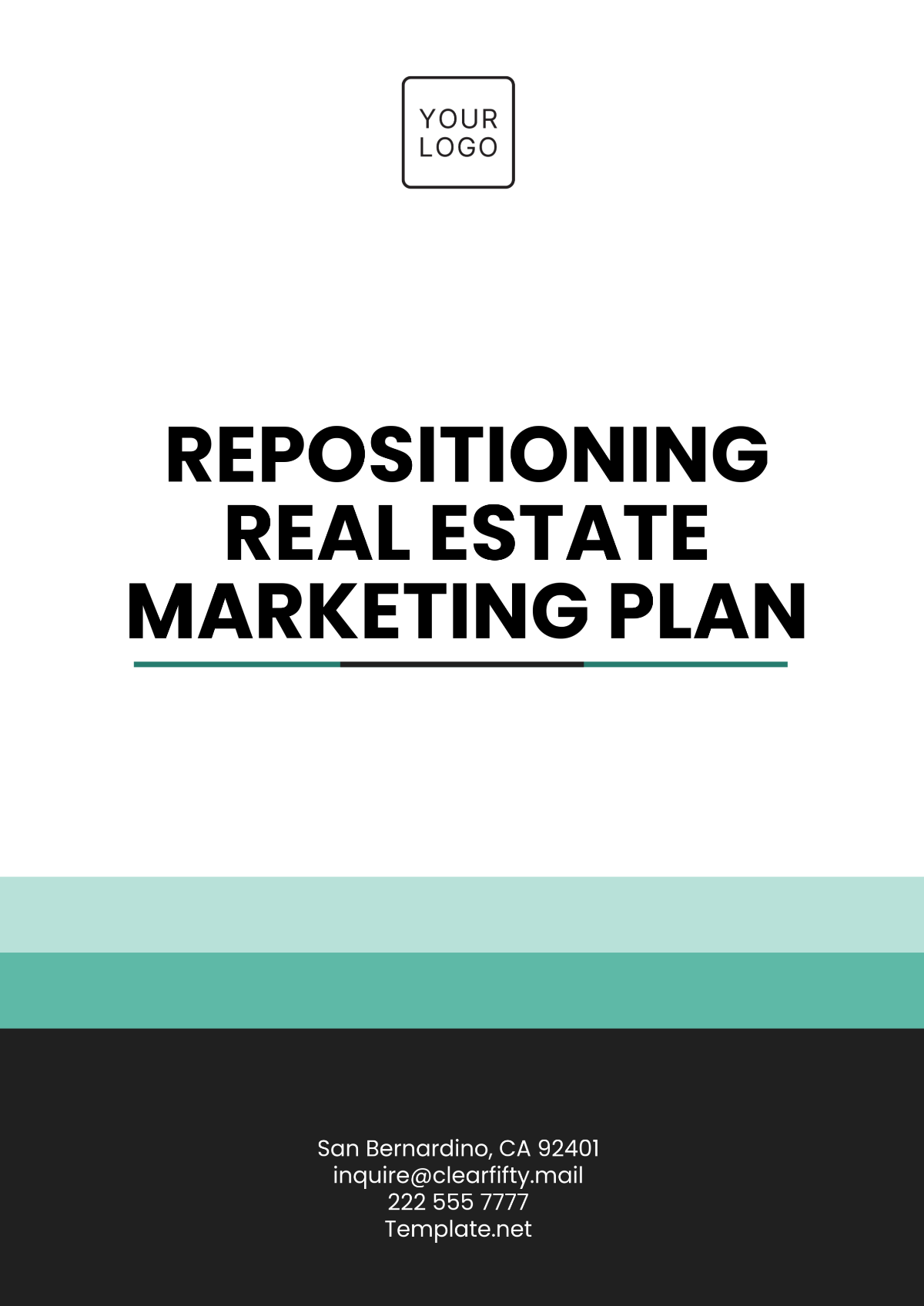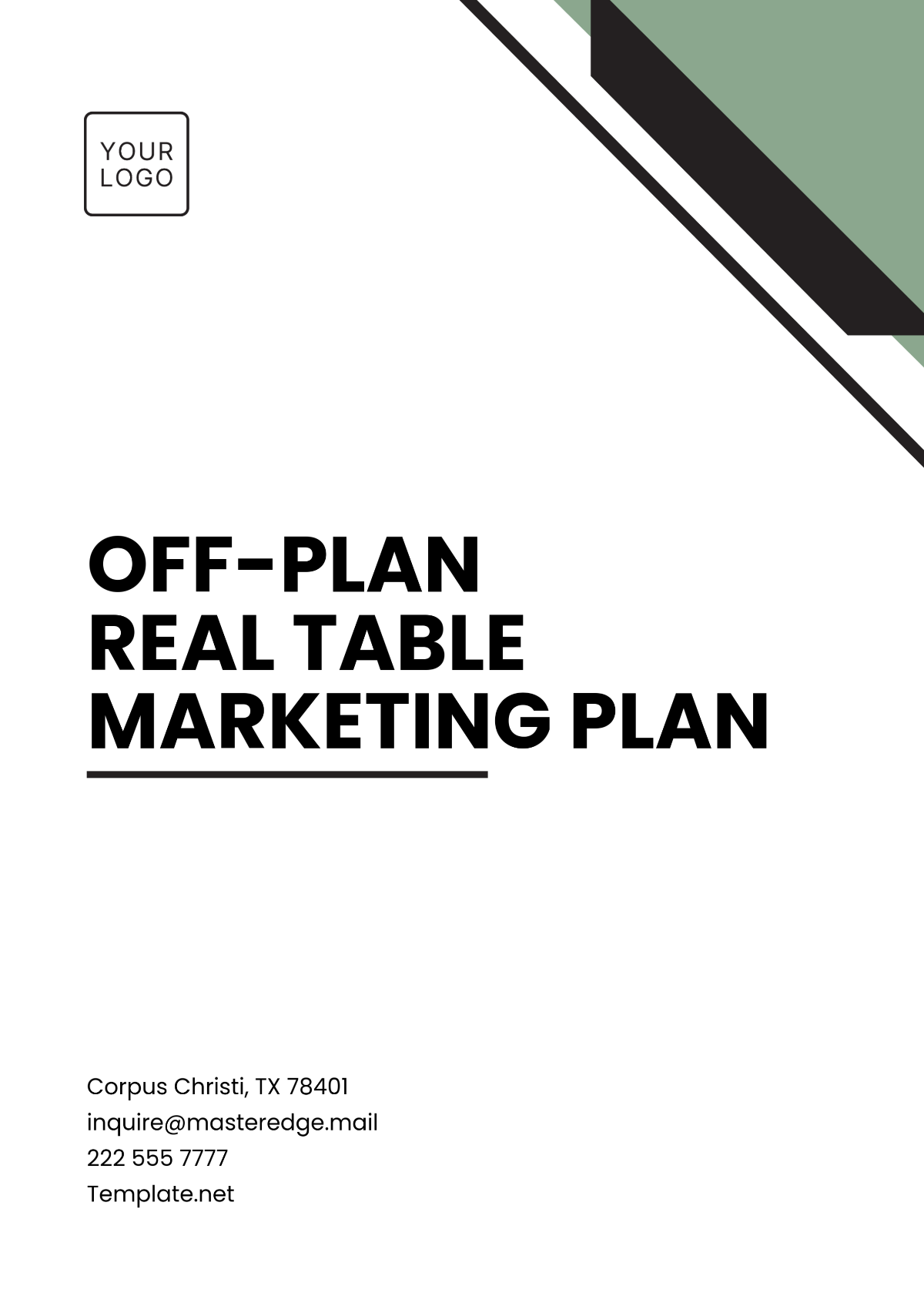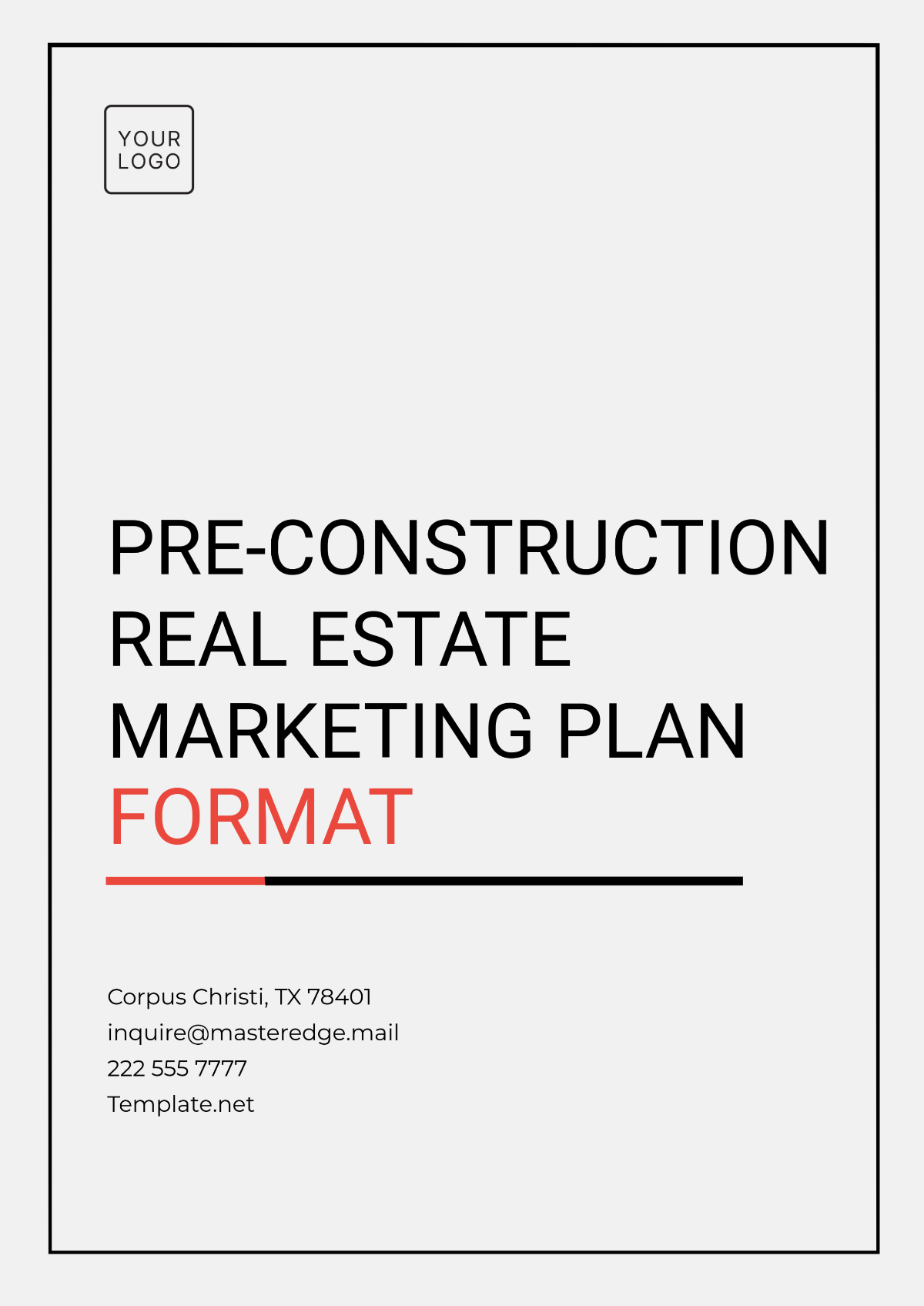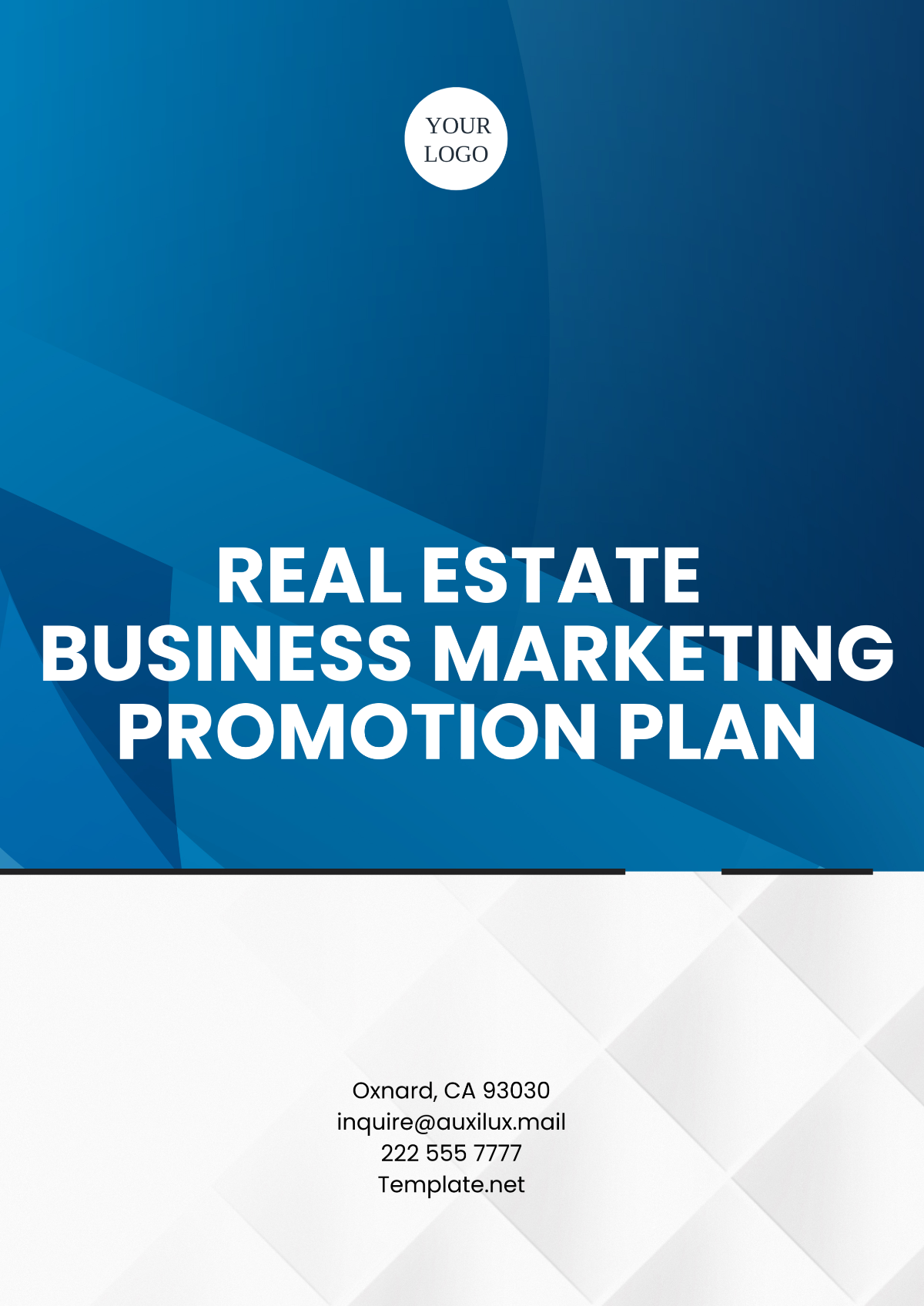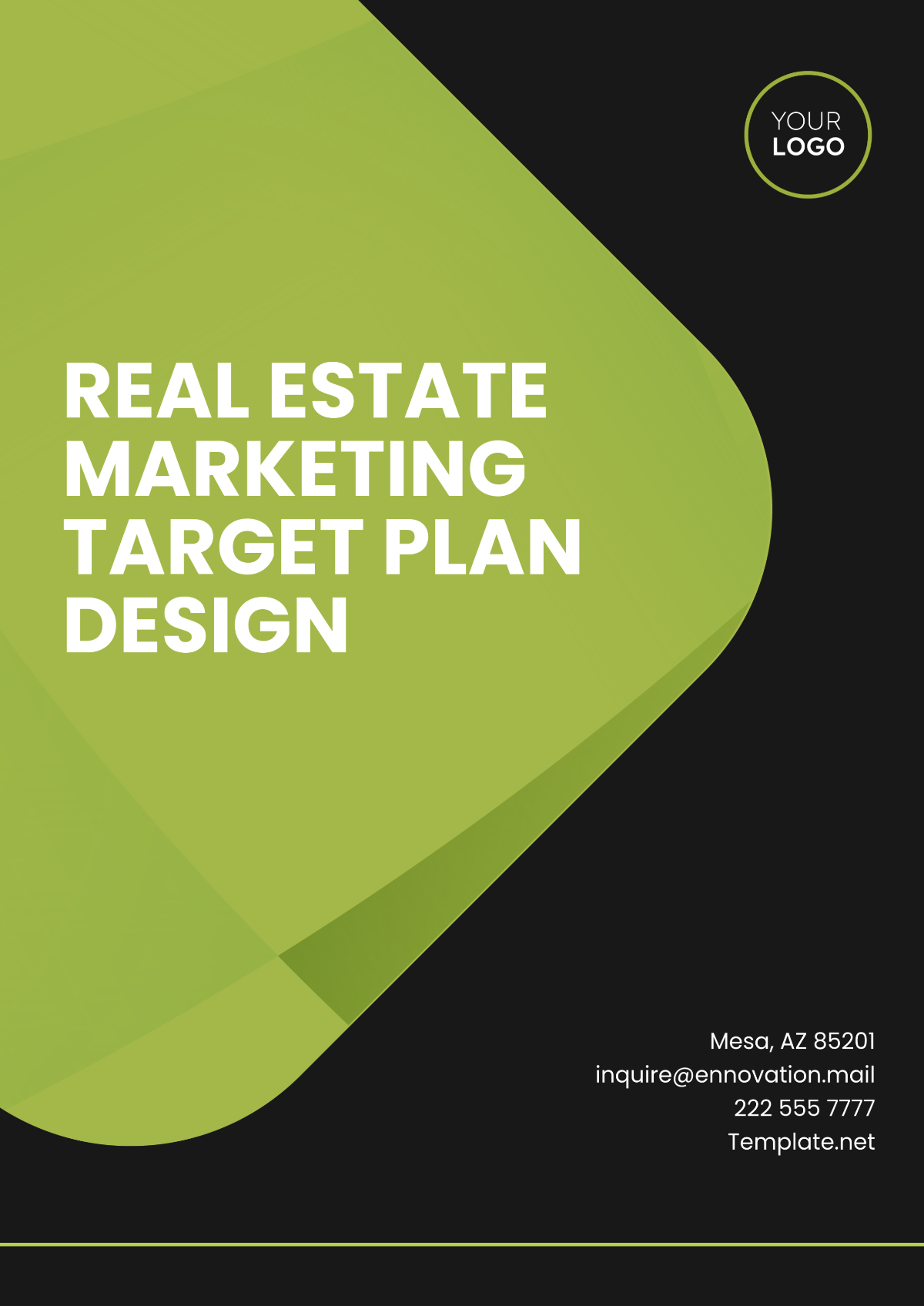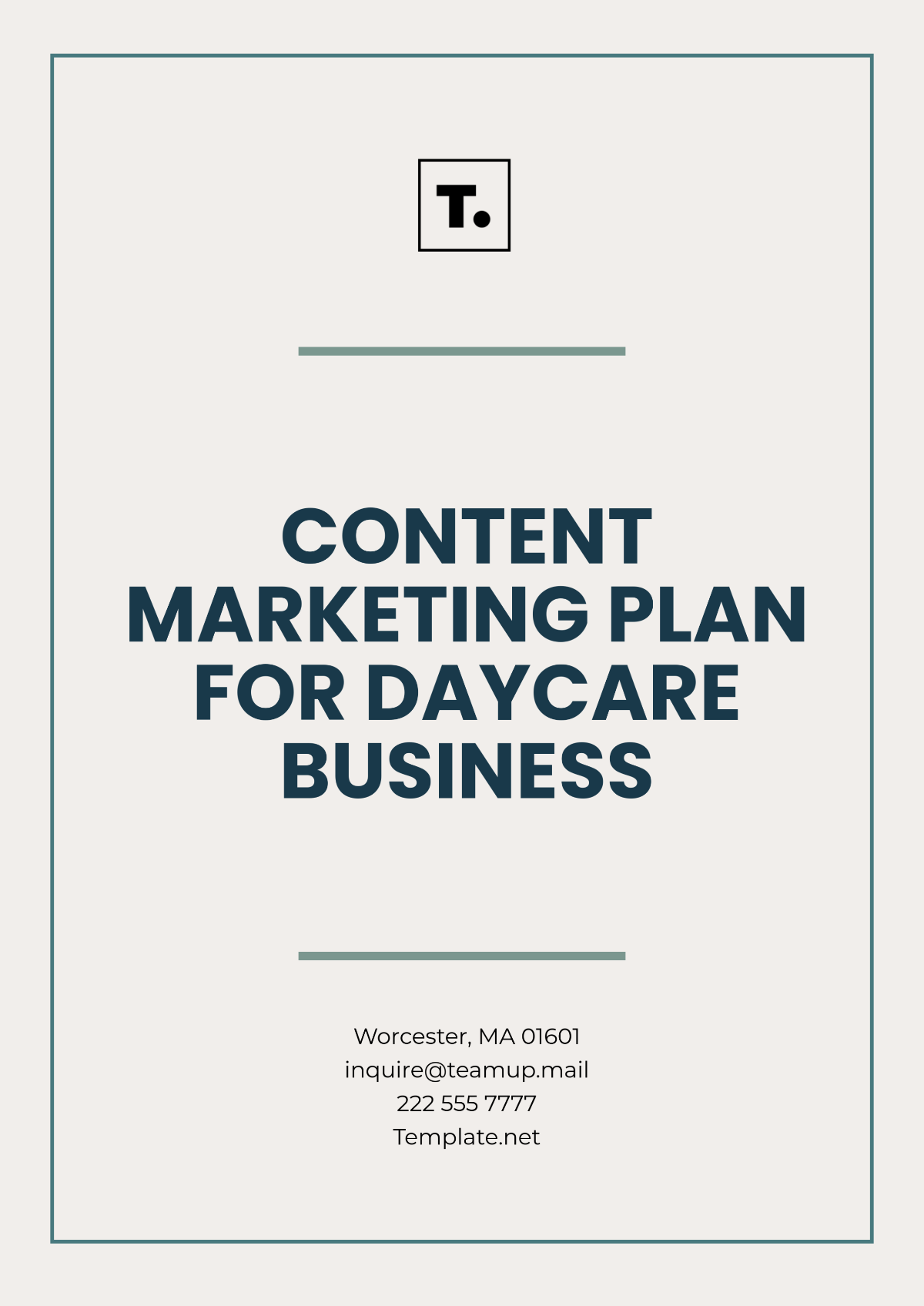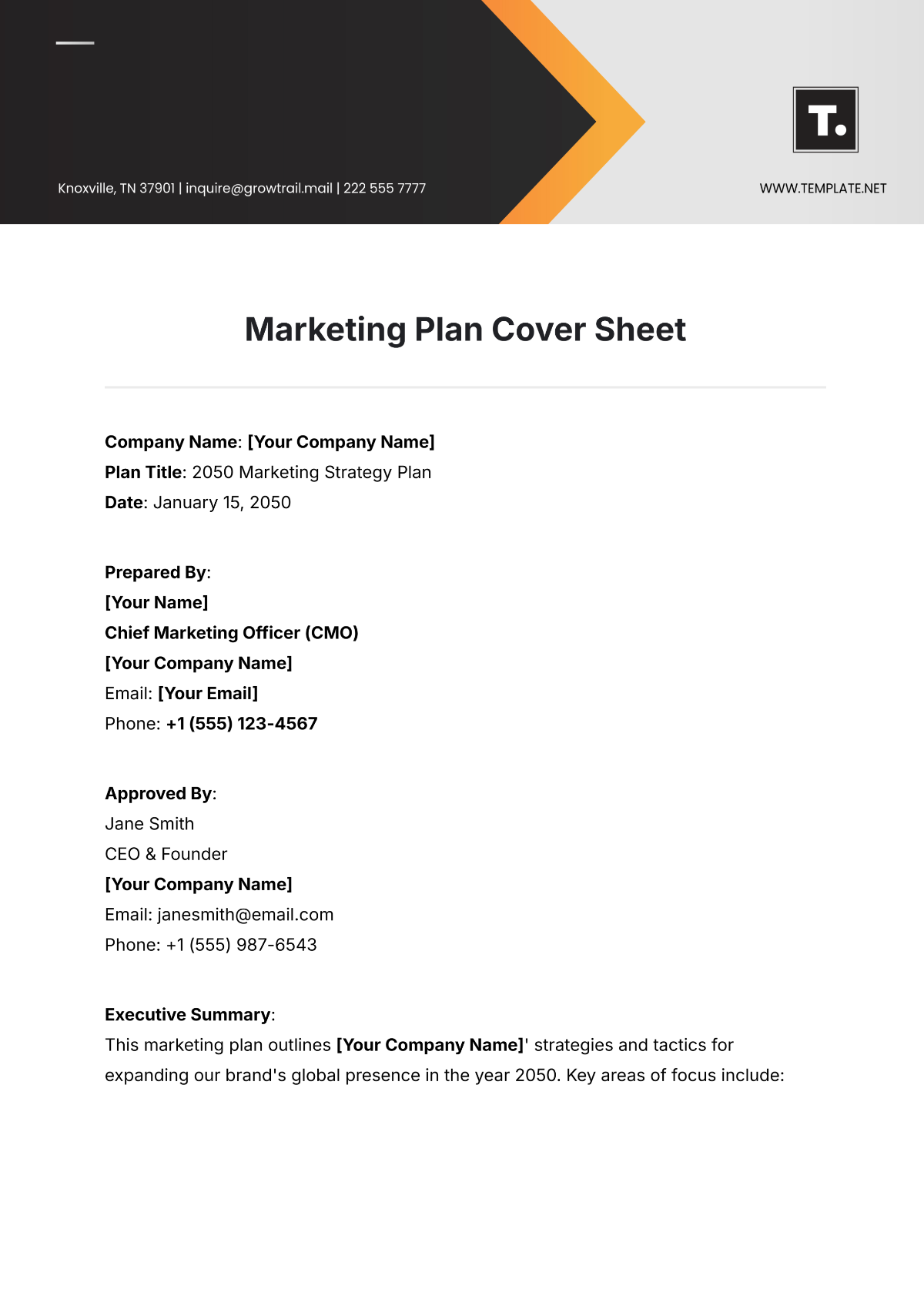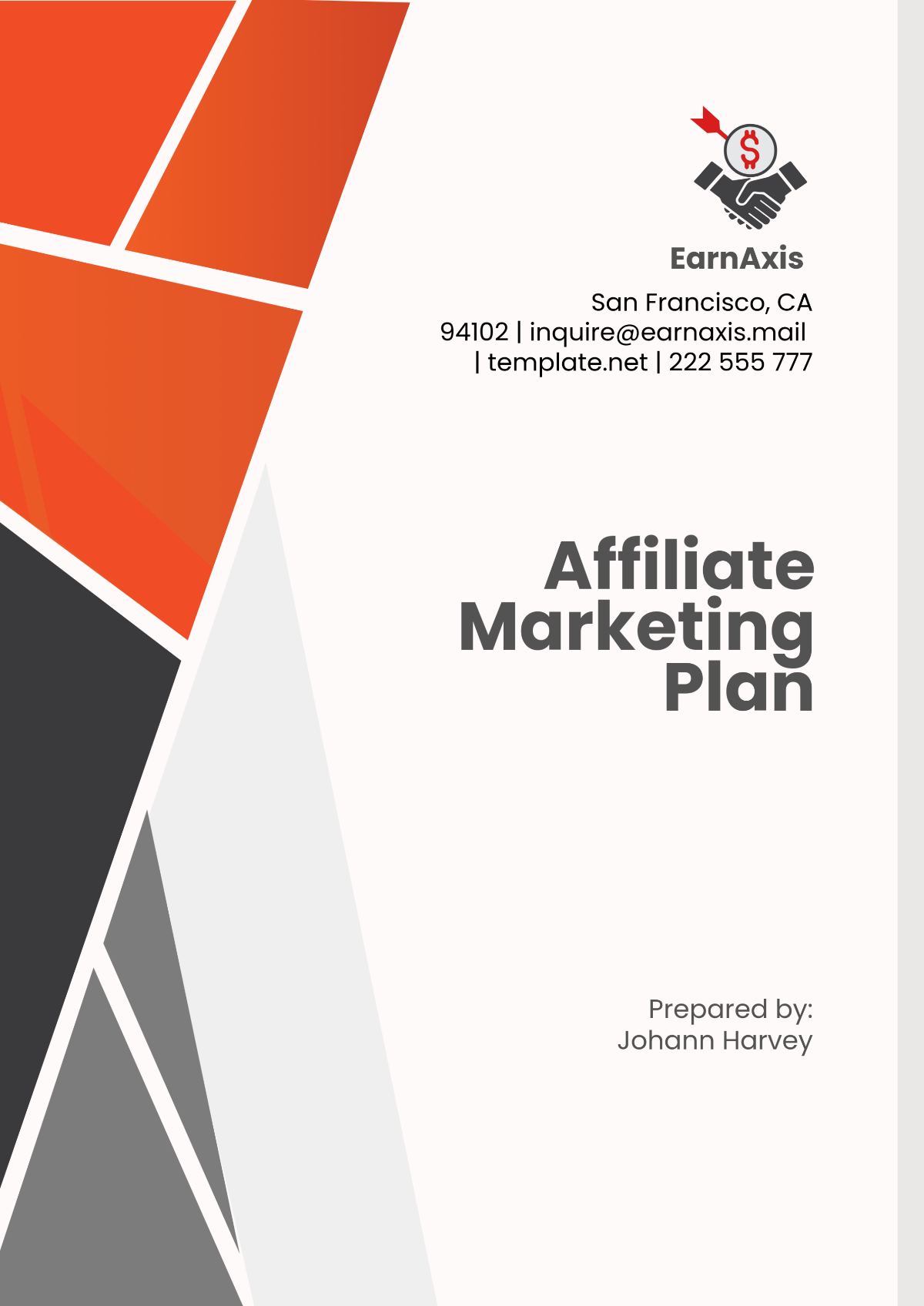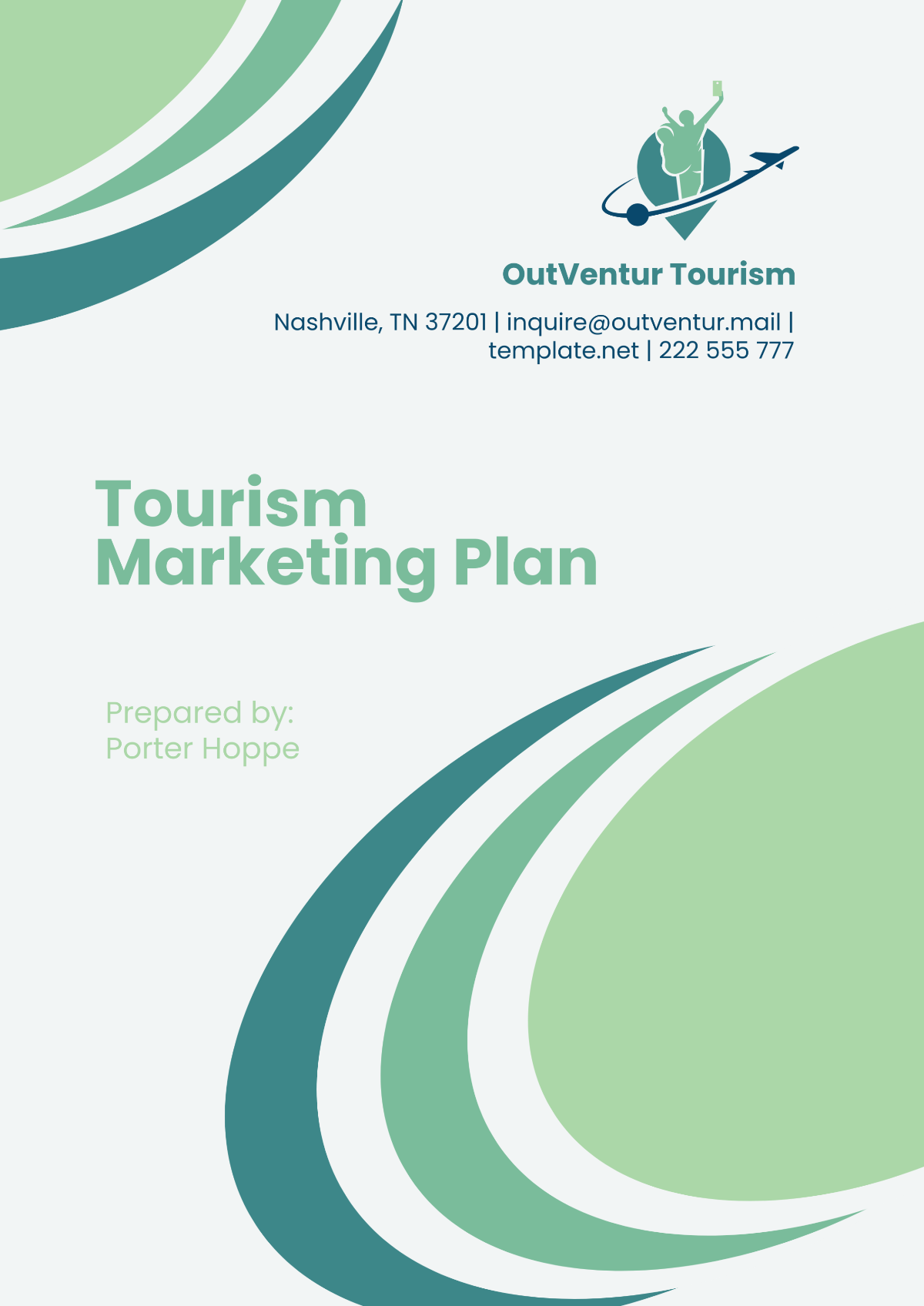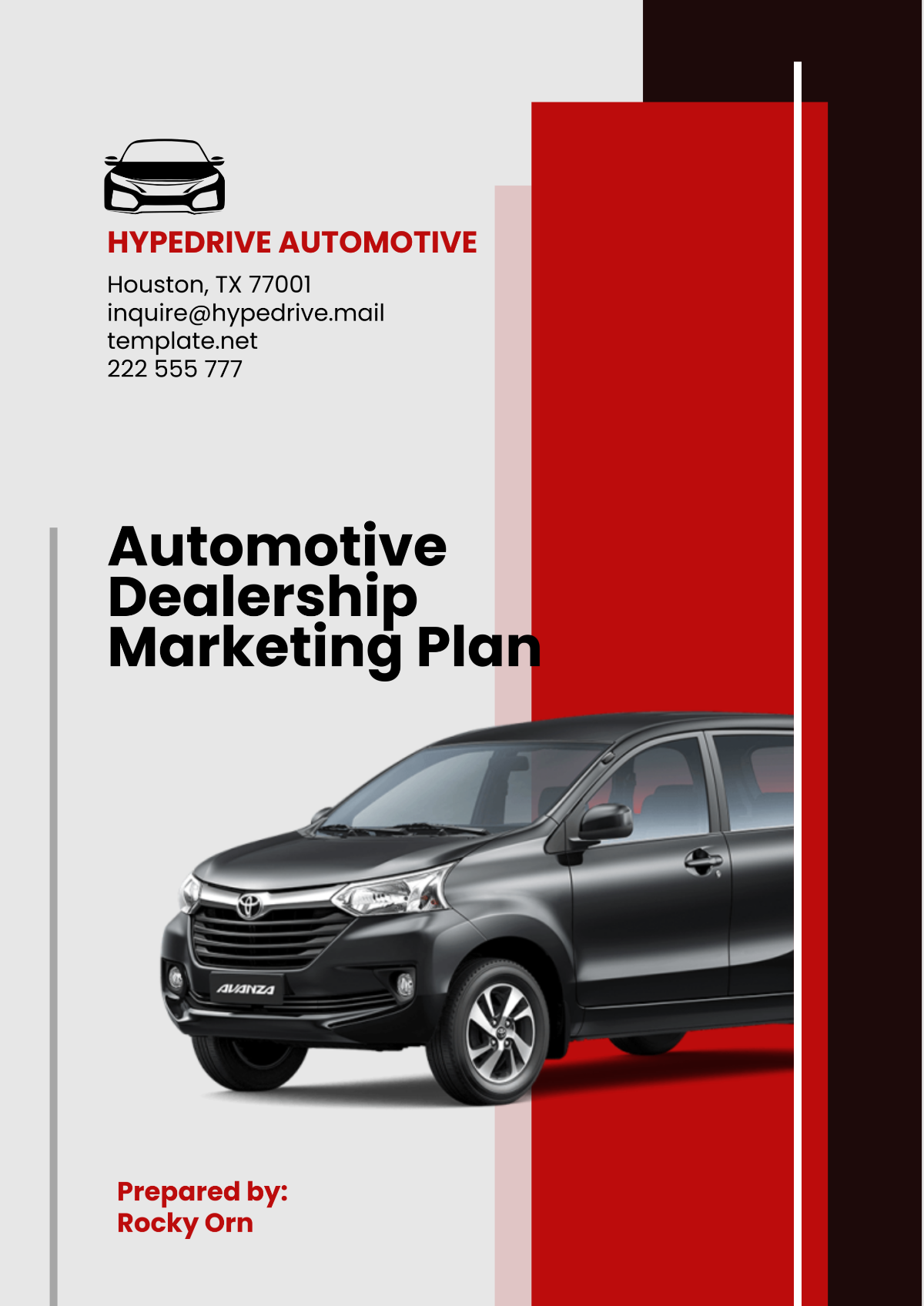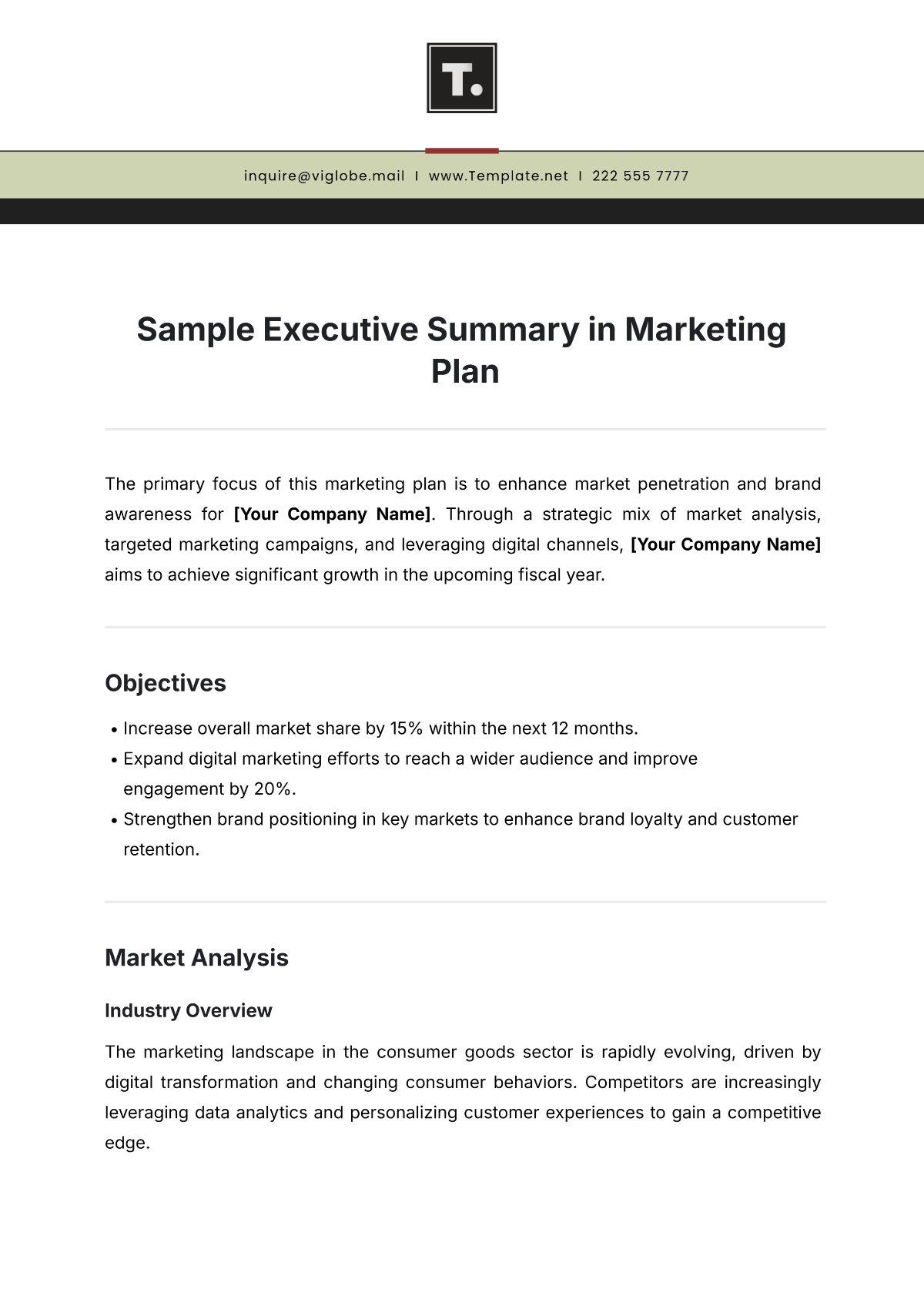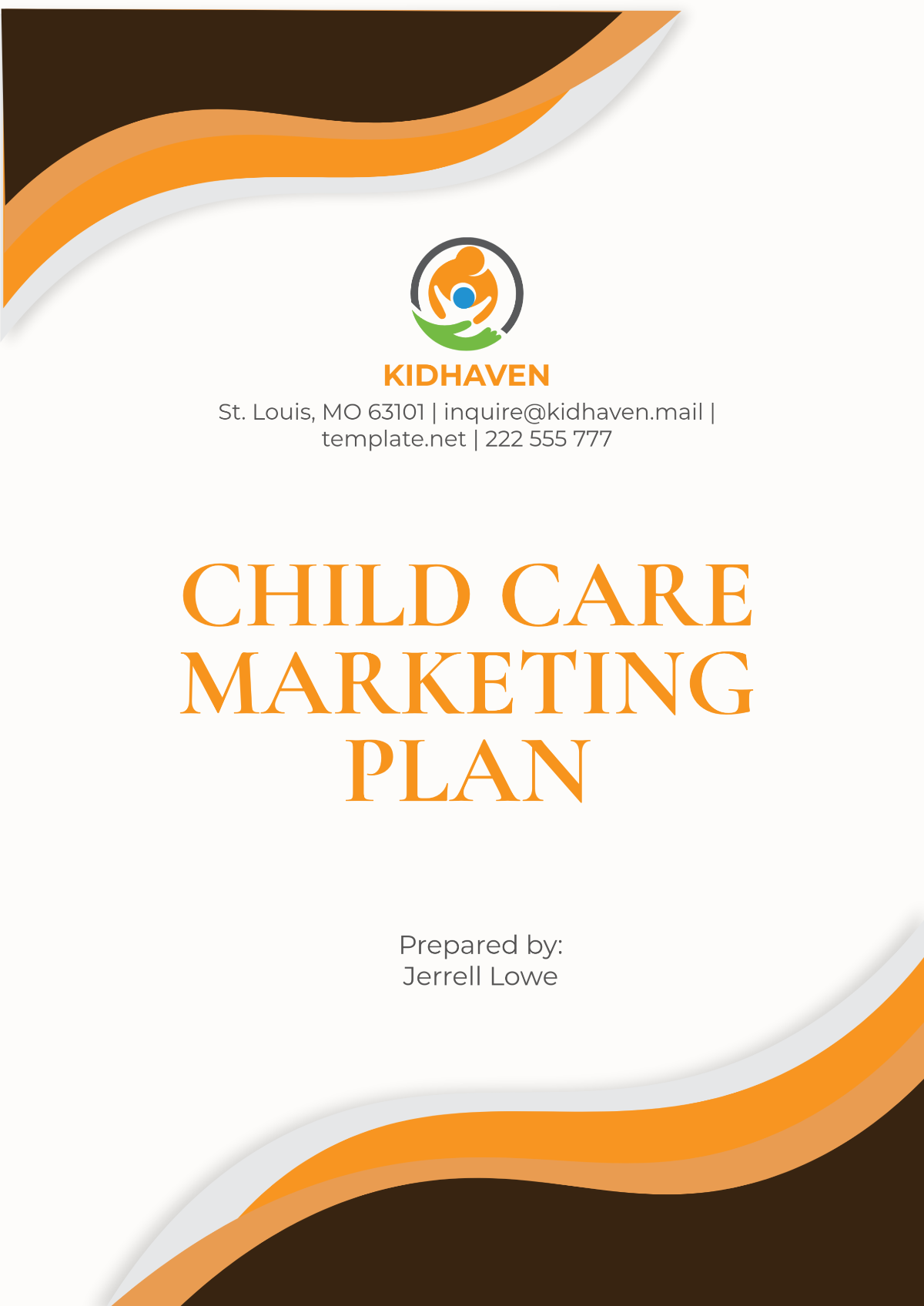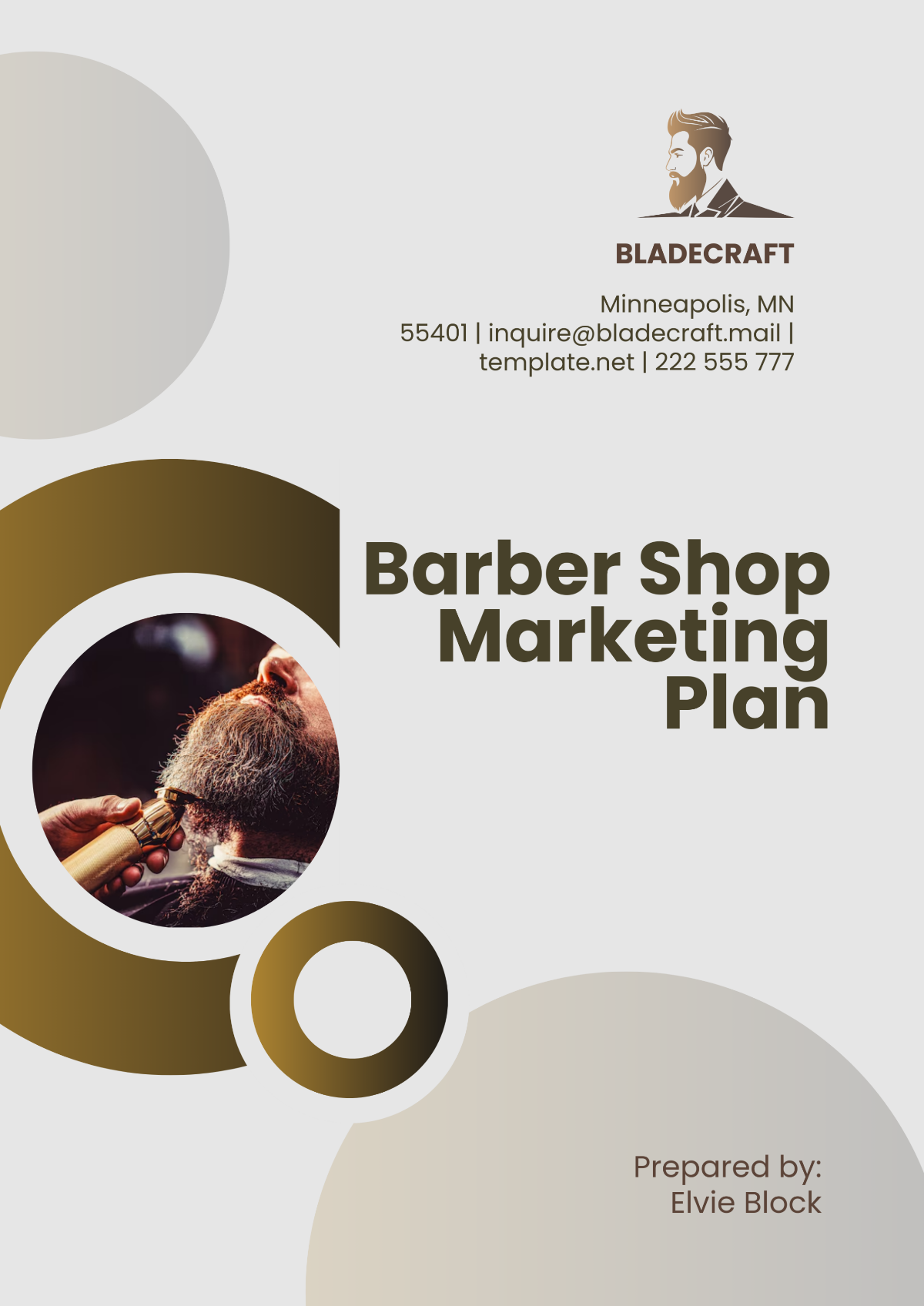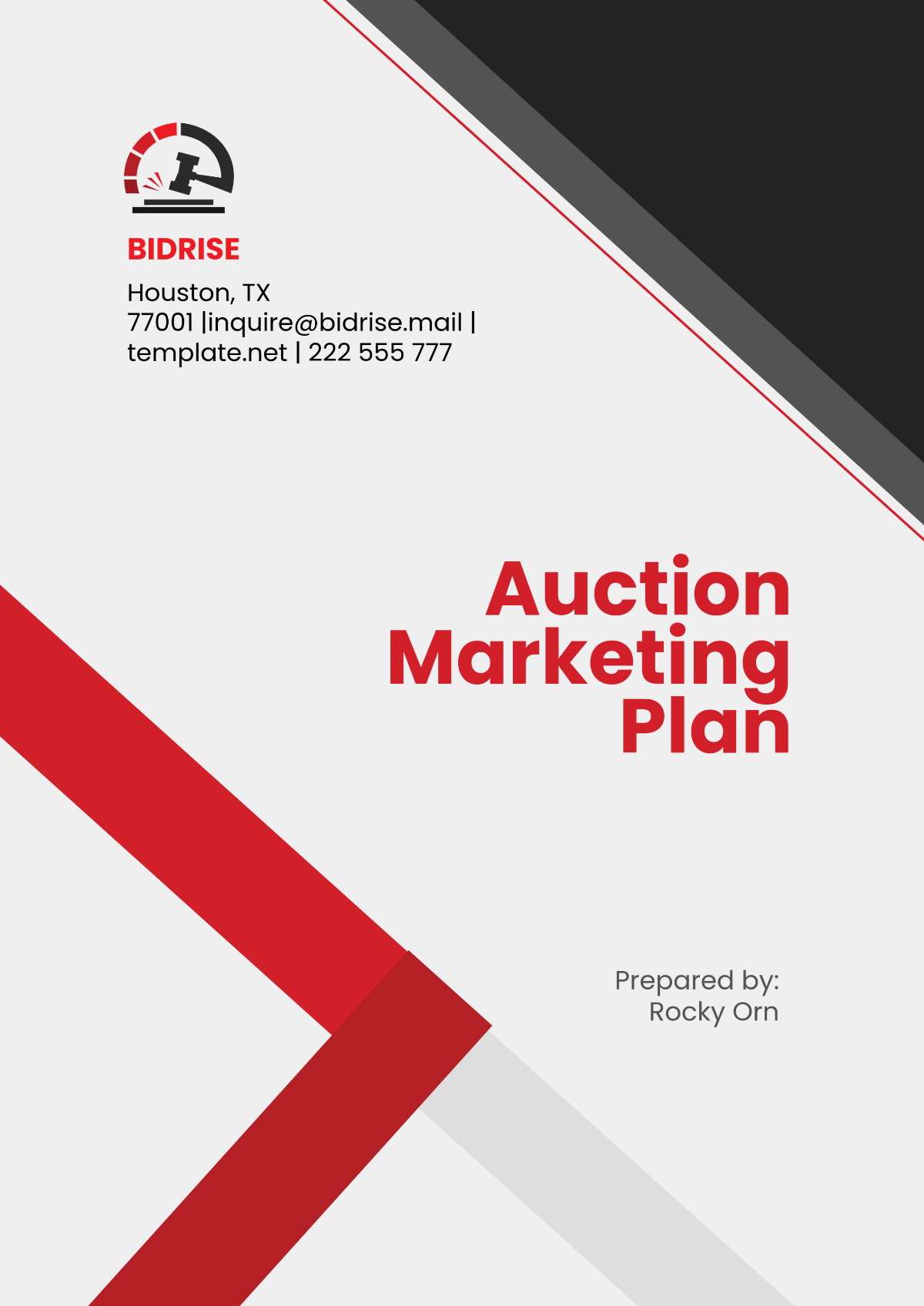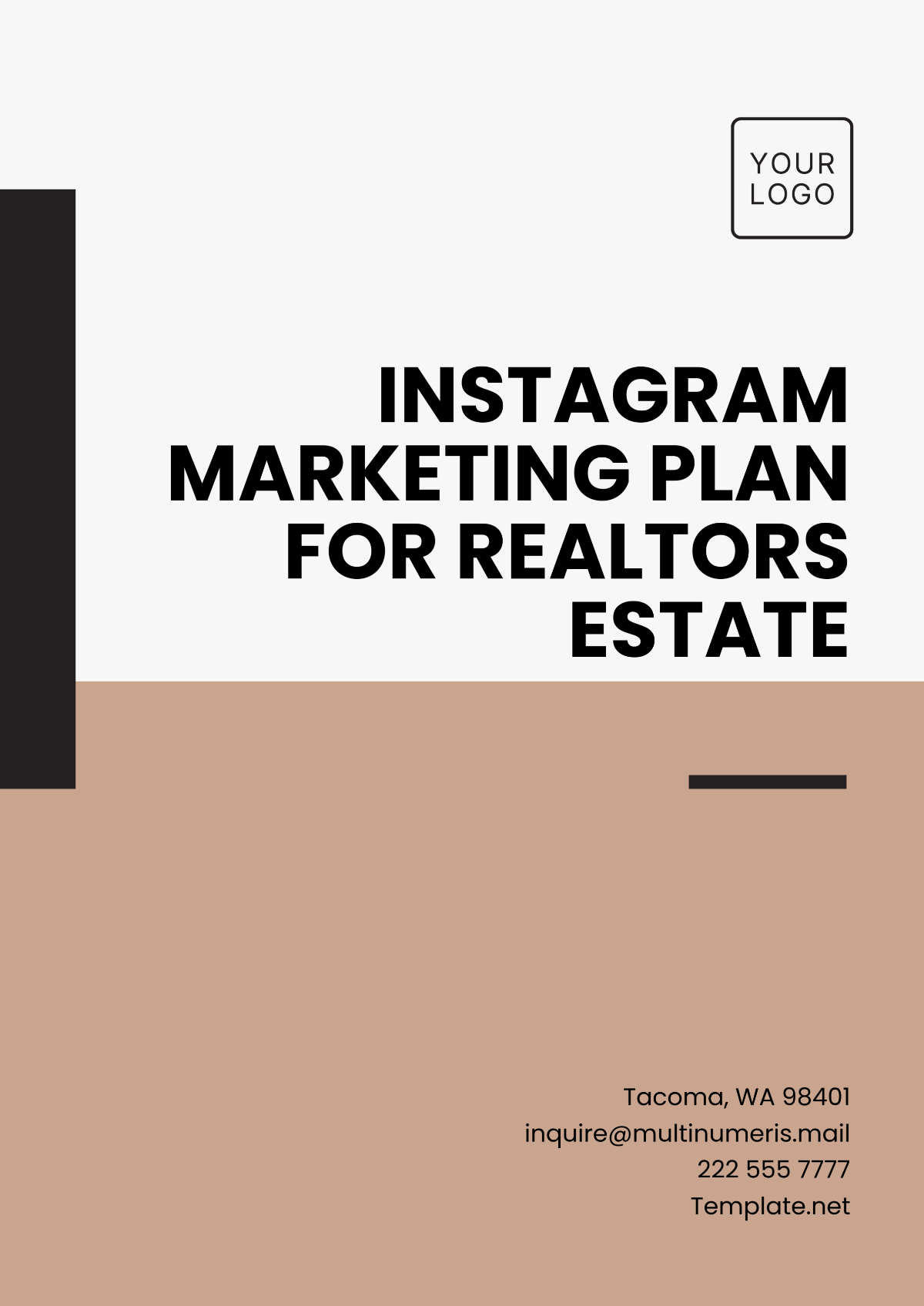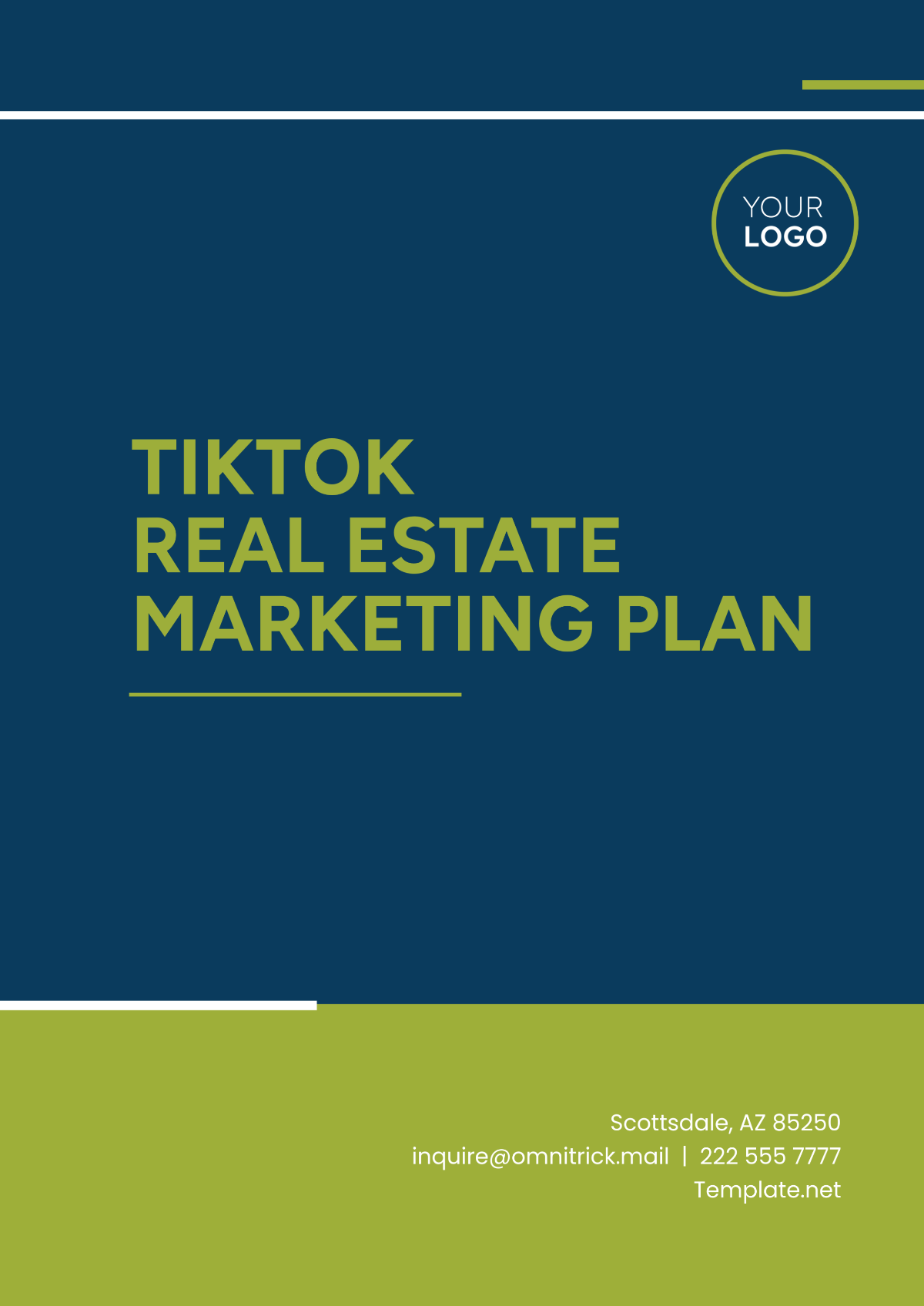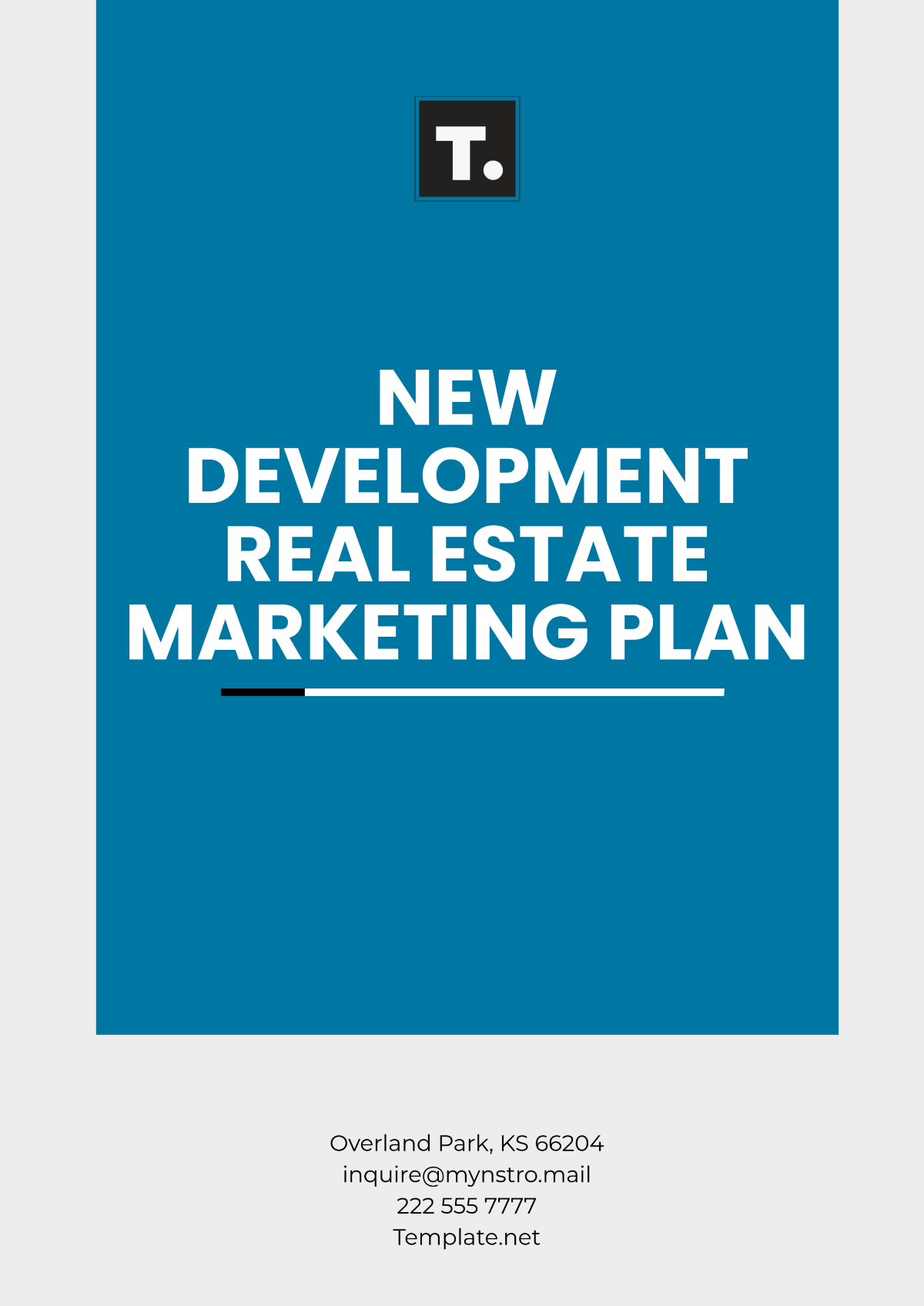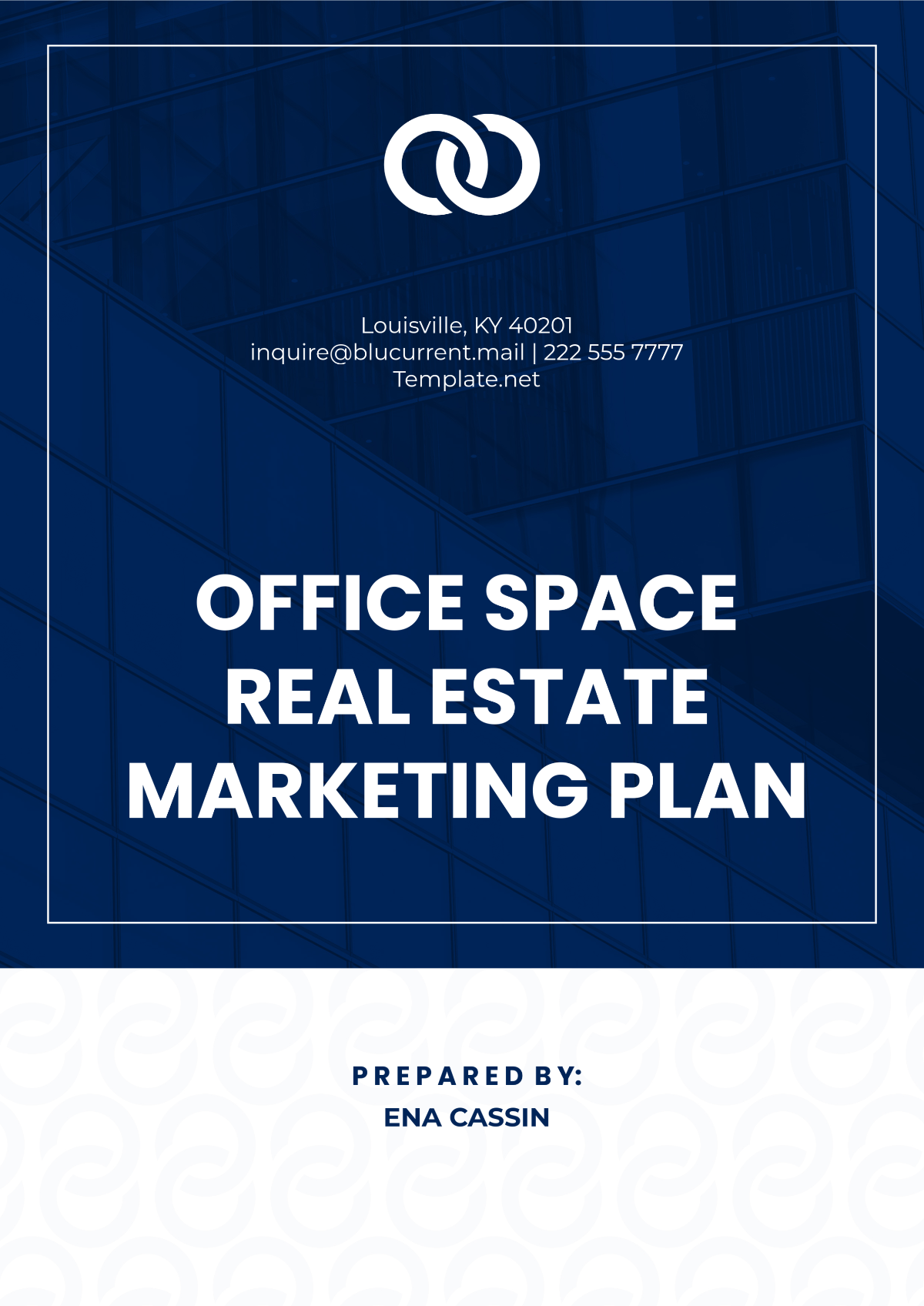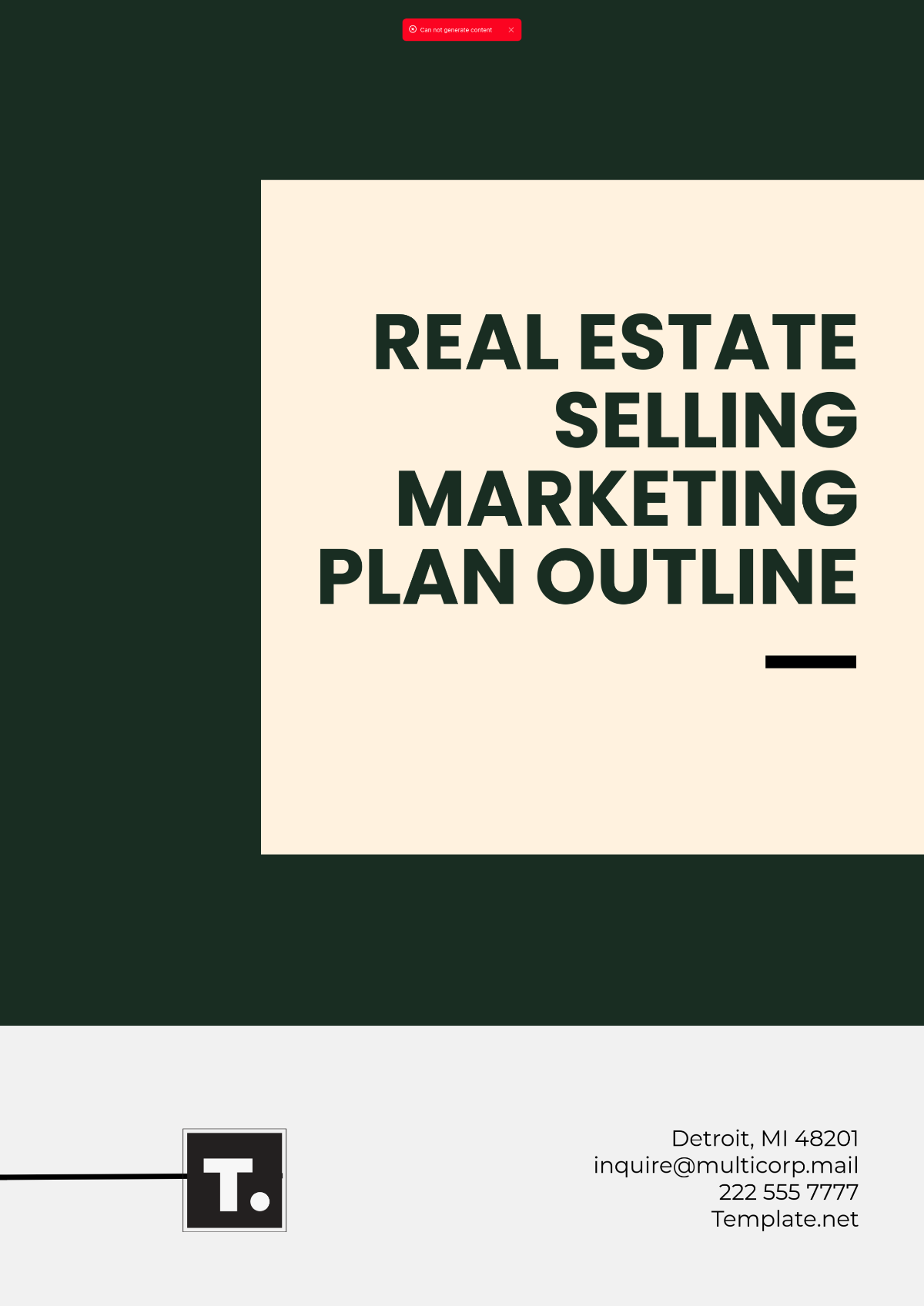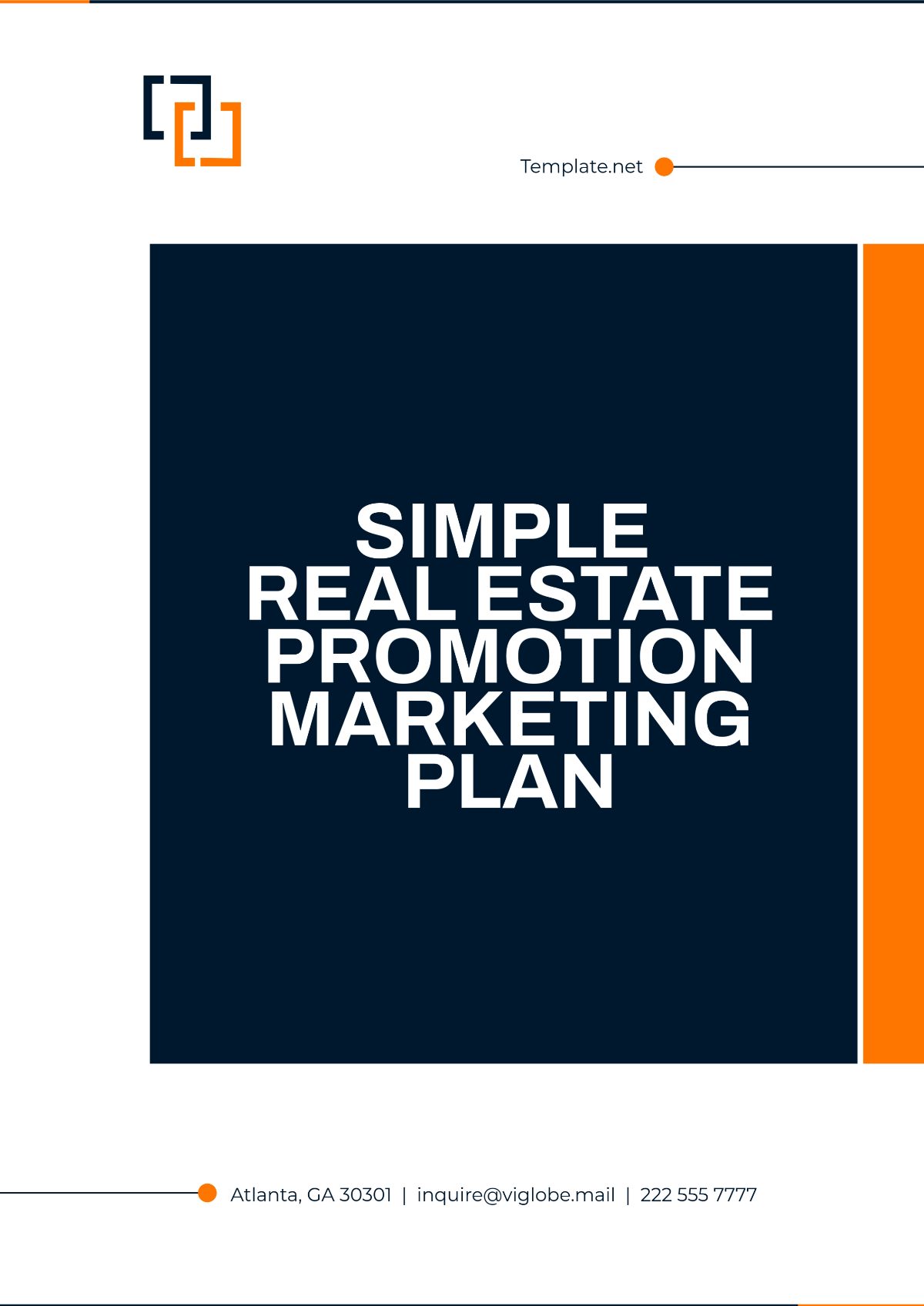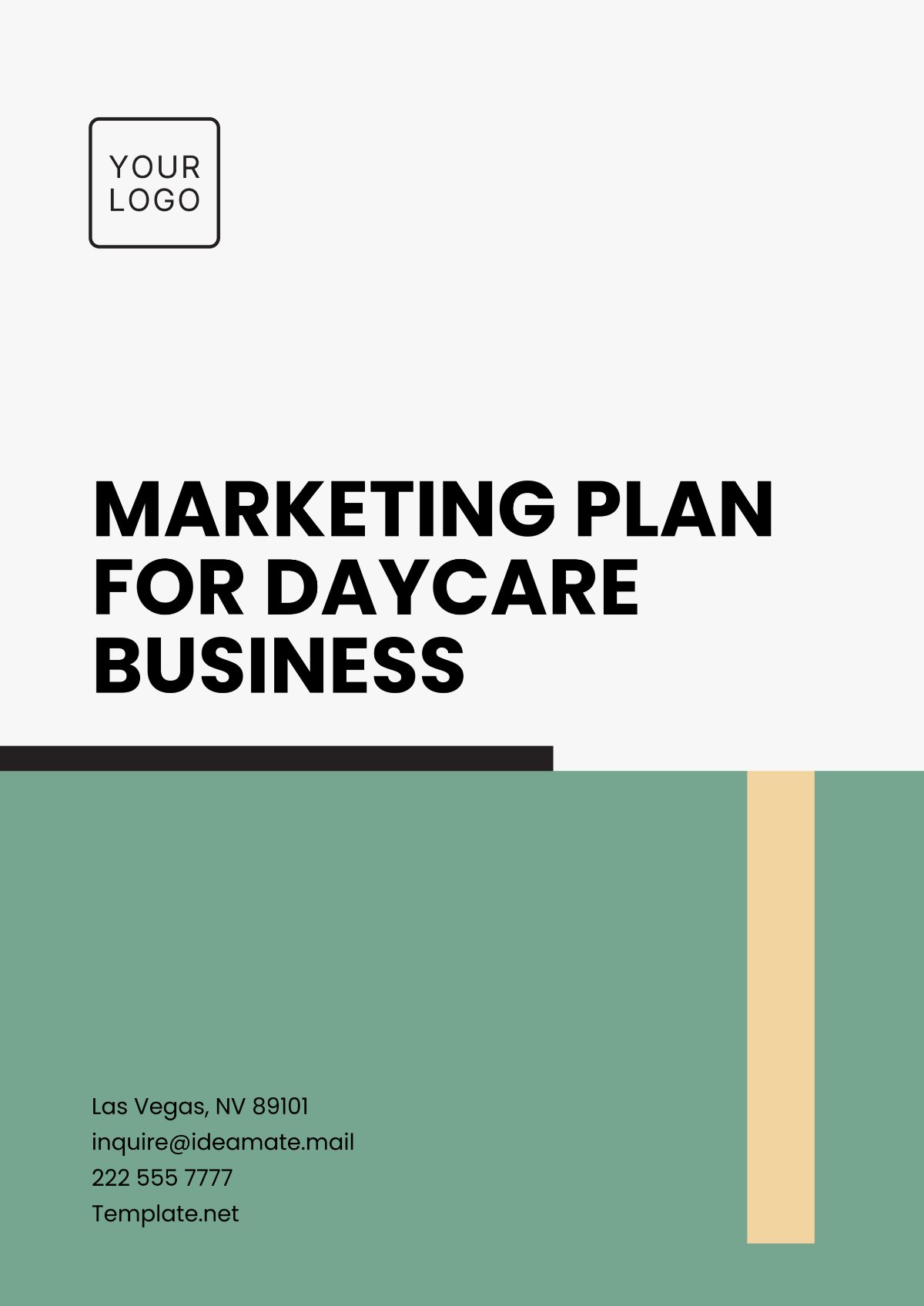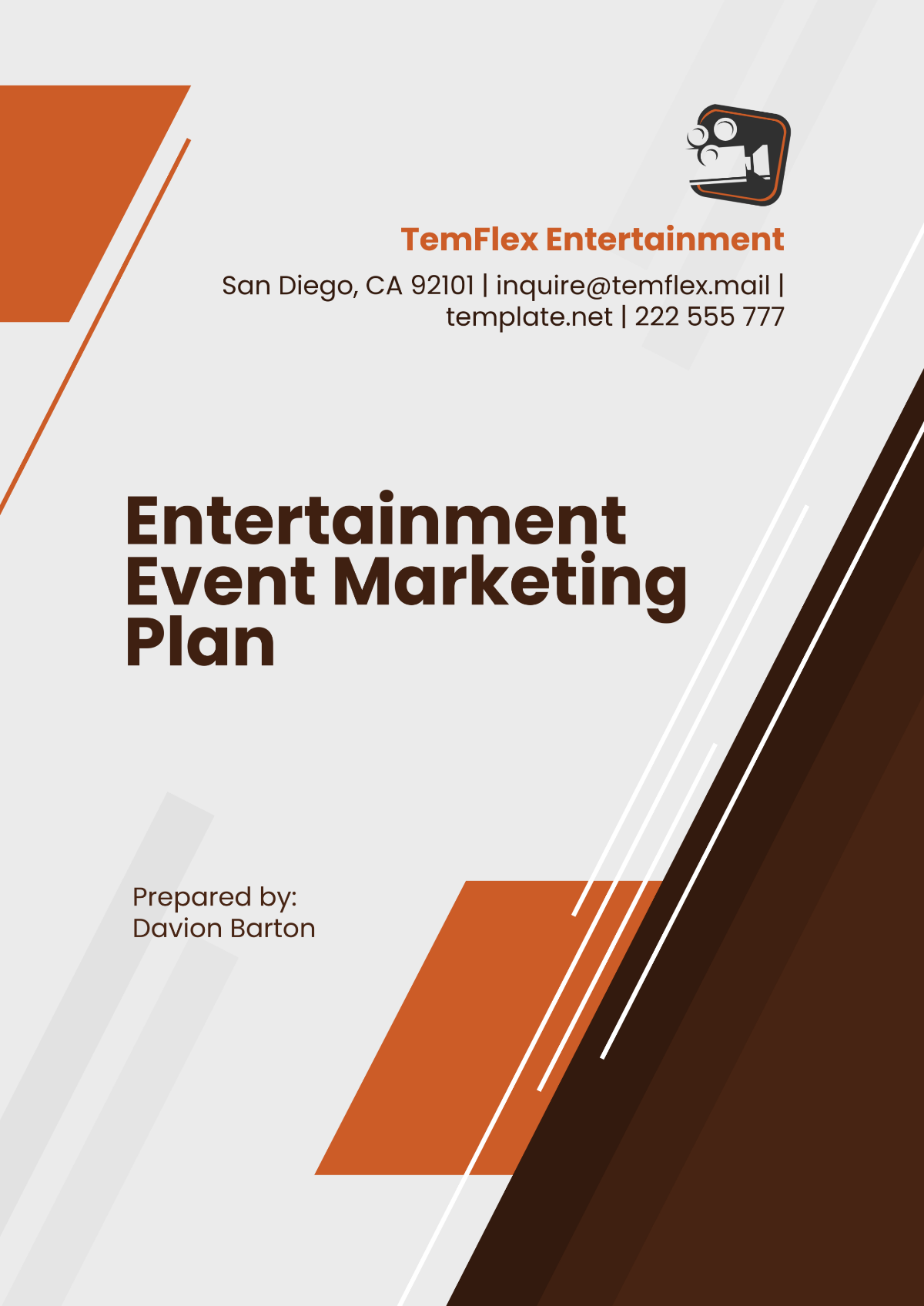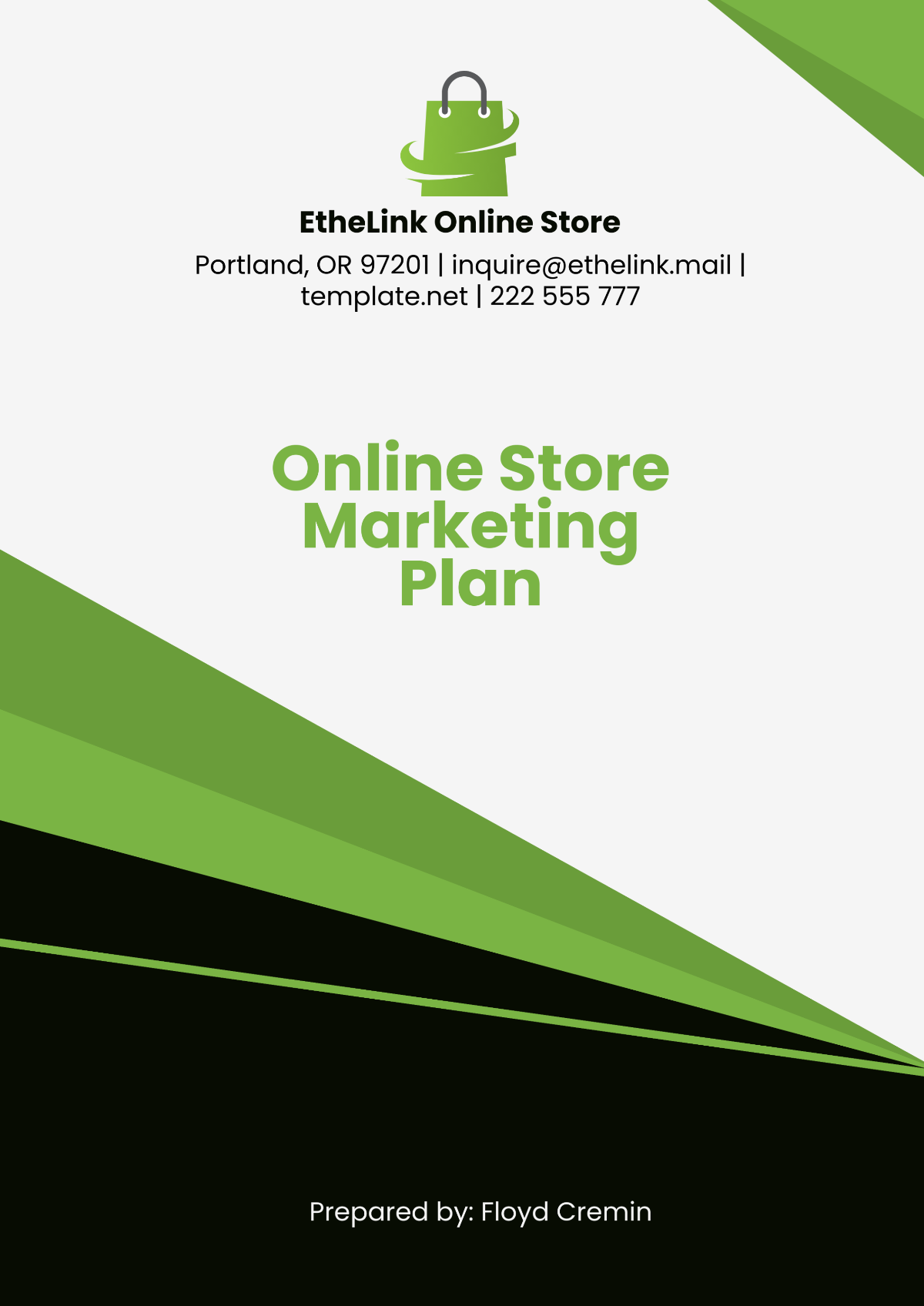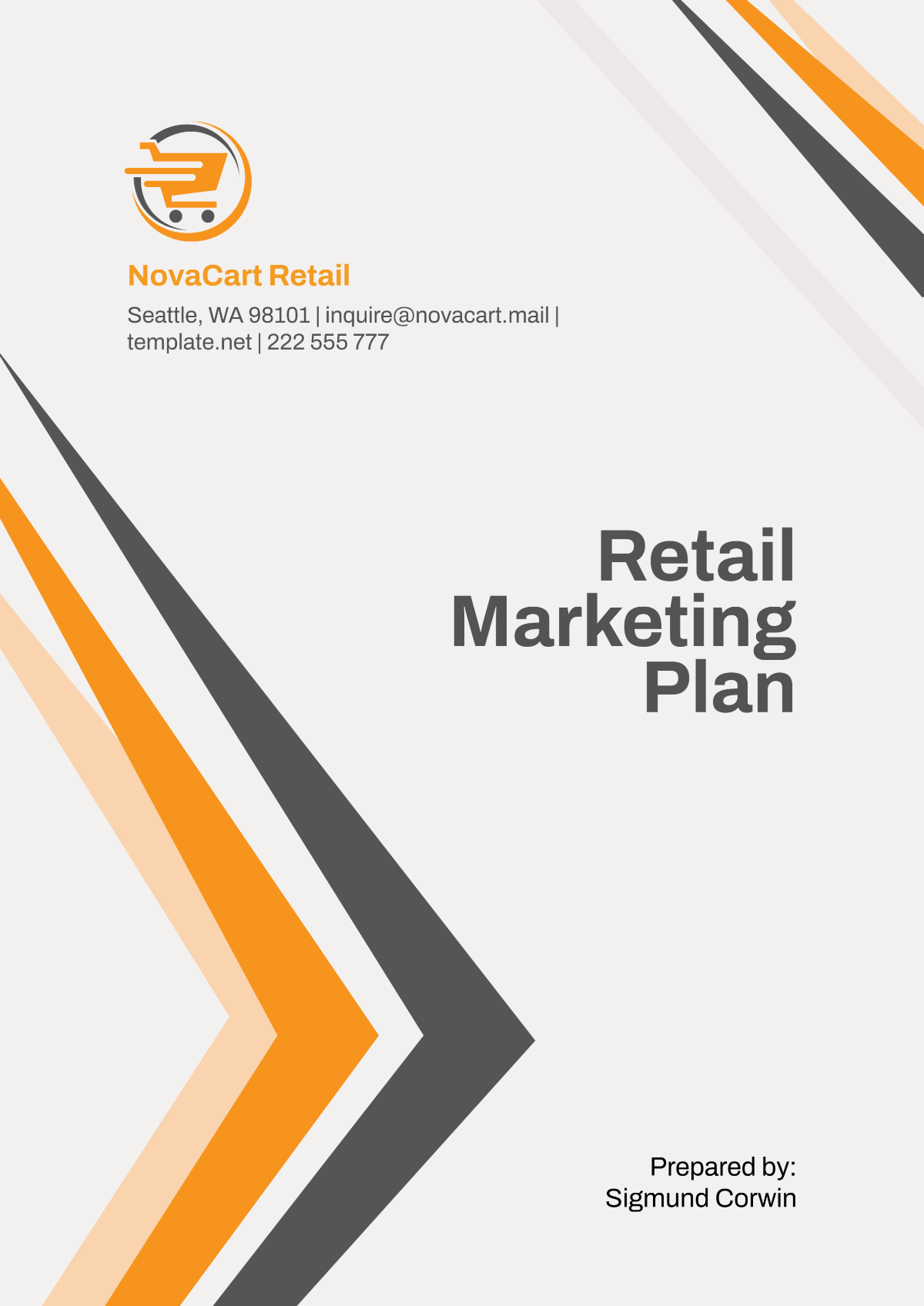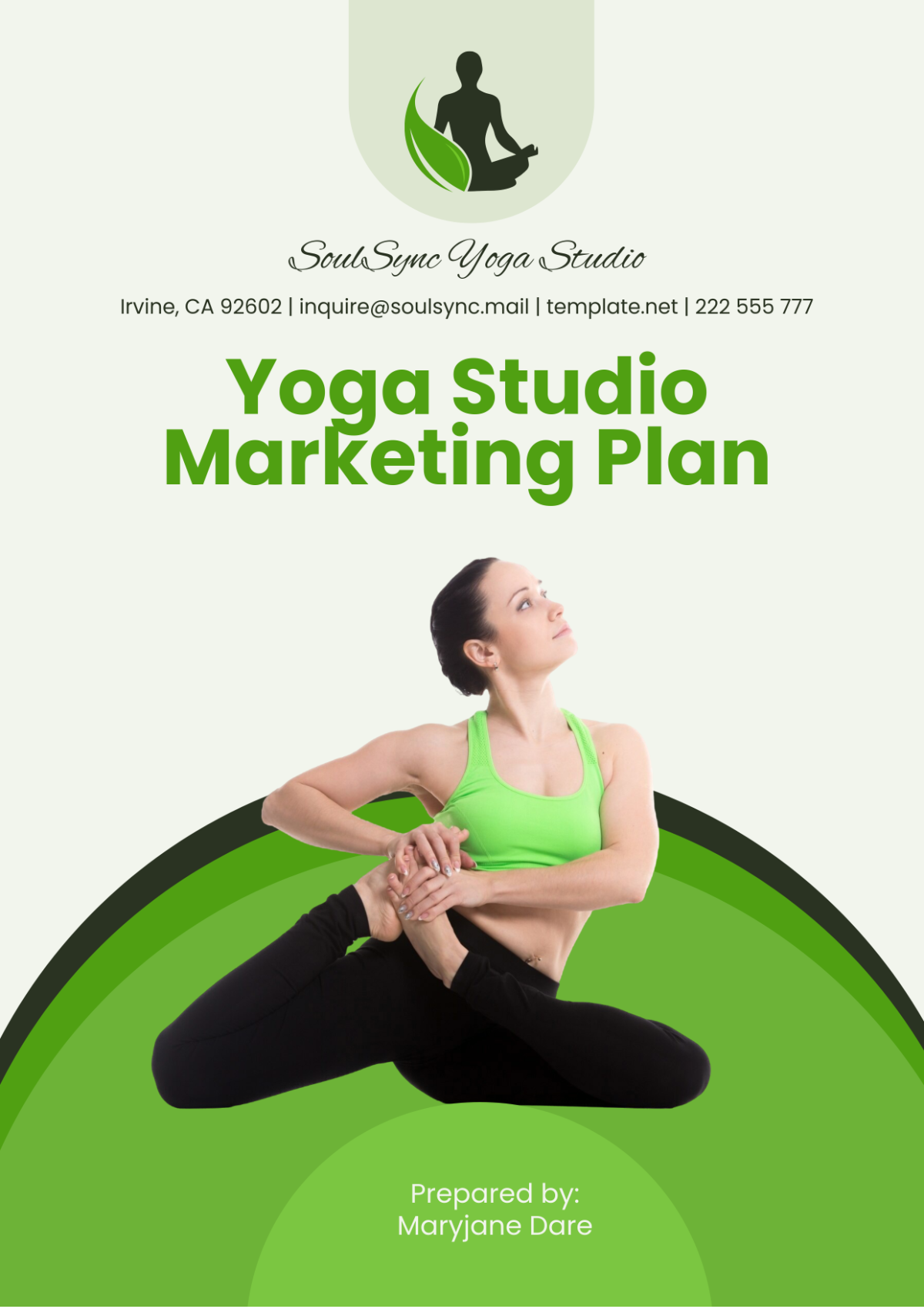Digital Go-to-Marketing Plan
I. Executive Summary
A. Overview of the Product/Service
The [Product Name] is designed to address the rising demand for sustainable consumer products. Made from [00]% recycled materials, it combines eco-friendliness with cutting-edge technology, featuring a built-in filtration system to ensure clean drinking water on the go. This water bottle not only appeals to environmentally conscious consumers but also aligns with health and wellness trends by promoting hydration.
B. Brief Market Opportunity Analysis
As global concern for environmental sustainability grows, the market for eco-friendly products continues to expand. Consumers are increasingly seeking alternatives to single-use plastics, creating a ripe opportunity for products like the [Product Name]. By capitalizing on this trend, we aim to carve out a significant market share within the sustainable products sector.
C. Objectives of the GTM Plan
The primary objective is to generate $[00] in sales within the first year by effectively reaching our target audience through digital channels. Additionally, we aim to build a robust online community, targeting 10,000 followers across social media platforms within six months of launch. Establishing partnerships with at least five eco-conscious influencers by the end of Q2 will help amplify our brand message and increase visibility.
II. Market Analysis
A. Industry Overview
Current Market Trends
The shift toward sustainability is reshaping consumer purchasing decisions, with an increasing number of shoppers prioritizing eco-friendly products. Many brands are now focusing on transparency regarding sourcing and manufacturing processes to align with these values. The demand for reusable products, particularly in the beverage sector, is rapidly increasing.
Growth Projections
Research indicates that the global reusable water bottle market is expected to grow from $[00] billion in 2021 to $[00] billion by 2026, reflecting a compound annual growth rate (CAGR) of [00]%. This growth presents a significant opportunity for innovative products that meet the sustainability criteria consumers are seeking.
B. Target Market
Definition of Target Audience
Our primary audience includes eco-conscious individuals aged 18-35, particularly urban dwellers who are influenced by social trends and prioritize sustainability in their purchasing behavior. This demographic is tech-savvy and often turns to online platforms for product research and recommendations.
Customer Personas:
Eco-Warrior Emily: A college student involved in environmental activism, passionate about sustainability and always on the lookout for eco-friendly products that reduce her carbon footprint.
Health-Conscious Harry: A young professional who frequents the gym and values health, opting for products that not only benefit his well-being but also contribute positively to the environment.
Market segmentation:
Demographic: Individuals aged 18-35, primarily urban residents with disposable income.
Psychographic: Those who prioritize sustainability, health, and wellness in their lifestyles and are willing to invest in products that reflect these values.
C. Competitive Analysis
Key Competitors
Major competitors include established brands like [Competitor A], [Competitor B], and [Competitor C], all of which have built strong brand identities around sustainability. These companies benefit from loyal customer bases and extensive distribution networks. However, they often lack innovative features that directly address the filtration needs of consumers.
Competitive Advantages
The [Product Name]’s unique selling proposition lies in its built-in filtration system and use of [00]% recycled materials, which sets it apart from competitors. By addressing both hydration and sustainability needs, we can capture the attention of environmentally conscious consumers. Additionally, our competitive pricing strategy allows us to appeal to a wider audience.
SWOT analysis
Strengths: Our product’s innovative features, commitment to sustainability, and strong branding create a compelling market entry.
Weaknesses: As a new entrant, we face challenges in brand recognition and market penetration compared to established competitors.
Opportunities: The increasing demand for eco-friendly products presents a significant opportunity to capture market share and grow brand awareness.
Threats: Competitive pressure from established brands and potential market saturation could pose challenges as we seek to build our customer base.
III. Value Proposition
A. Unique Selling Points (USPs)
The [Product Name] stands out due to its combination of sustainability and advanced functionality. Its built-in filtration system not only ensures access to clean drinking water but also adds convenience for users in various environments, from urban settings to outdoor adventures. Moreover, our commitment to using recycled materials appeals directly to eco-conscious consumers looking for products that reflect their values.
B. Benefits to Customers
By choosing the [Product Name], customers significantly reduce their reliance on single-use plastics, contributing positively to the environment. The stylish design and functionality make it an attractive option for everyday use, whether at home, work, or during outdoor activities. Additionally, the product promotes healthier habits by encouraging hydration, ensuring customers feel their best while making sustainable choices.
C. Positioning Statement
[Product Name] is the go-to choice for environmentally conscious consumers seeking a stylish, functional, and sustainable hydration solution. Our product not only meets the needs of modern lifestyles but also empowers users to make a positive impact on the planet. We position ourselves as a leader in the sustainable products market, combining innovative technology with eco-friendly practices.
IV. Digital Marketing Strategy
A. Marketing Channels
Social Media Platforms
Our primary focus will be on Instagram, TikTok, and Facebook, where we can engage with our target audience through visually appealing content. These platforms allow us to showcase the product's features and gather user-generated content through customer interactions and hashtags. We will also leverage Stories and Reels for real-time engagement and promotions.
Search Engine Marketing (SEM)
Google Ads will target keywords related to eco-friendly products, reusable water bottles, and sustainable living to drive traffic to our website. By optimizing our ads for local searches, we can also attract customers interested in sustainability initiatives within their communities.
Email marketing
We will build a mailing list through our website and social media channels, sending out monthly newsletters featuring product updates, promotions, and tips on sustainable living. Personalized email campaigns will target different customer segments to enhance engagement and conversion rates.
Content Marketing
A dedicated blog on our website will provide valuable content on sustainability, hydration, and healthy living, positioning our brand as an authority in the space. By optimizing these articles for SEO, we can drive organic traffic while providing useful information to our audience.
Influencer Partnerships
Collaborating with eco-conscious influencers will amplify our brand message and reach potential customers through trusted voices. We will focus on micro-influencers who have engaged communities that align with our target market to build authenticity and drive engagement.
B. Marketing Tactics
Campaign Ideas and Themes
Our "Hydrate Sustainably" campaign will highlight the [Product Name]'s environmental benefits while promoting a lifestyle centered around hydration and sustainability. This campaign will leverage storytelling to create an emotional connection with our audience.
Content Creation Strategy
High-quality images, videos, and infographics will be produced to highlight the product in various settings, showcasing its features and use cases. We will also encourage customers to share their experiences through user-generated content to foster community engagement.
Advertising Budget Allocation
We will allocate [00]% of our budget to social media ads to maximize reach and engagement, [00]% to Google Ads to drive traffic, [00]% to influencer partnerships for authentic promotion, and [00]% to content creation to ensure consistent messaging across all channels.
C. Customer Engagement
Community Building
We will create a brand-specific hashtag, #[Your Company Name]Hydration, encouraging customers to share their experiences using the [Product Name] on social media. This initiative will help build a community of eco-conscious consumers who support and engage with each other.
Customer Feedback Mechanisms
Regular surveys and social media polls will be utilized to gather feedback on product performance and customer satisfaction. This data will guide future product improvements and marketing strategies while making customers feel valued and heard.
Customer Journey Mapping
We will outline each stage of the customer journey, from awareness to post-purchase engagement, ensuring a seamless experience that fosters loyalty and repeat purchases. Tailored communications will be deployed at each stage to guide customers effectively through their decision-making process.
V. Sales Strategy
A. Sales Process
Lead Generation Tactics
We will offer a [00]% discount for first-time customers and incentivize referrals by providing rewards for successful recommendations. Additionally, engaging content on social media will drive interest and encourage potential customers to explore our product offerings.
Lead Nurturing Strategies
Automated email follow-ups will be implemented for abandoned carts, reminding customers of their interest in the [Product Name] and offering additional incentives to complete their purchase. Post-purchase emails will also include product care tips and recommendations for complementary products.
Conversion Optimization Techniques
A/B testing will be conducted on various elements of our product pages, such as imagery, call-to-action buttons, and layout, to determine the most effective combinations for improving conversion rates. We will analyze customer behavior to refine the shopping experience continually.
B. Sales Tools and Resources
CRM Systems
We will implement HubSpot to effectively track customer interactions, manage leads, and analyze sales performance. This tool will enable us to segment our audience and tailor our marketing strategies accordingly.
Sales Collateral
High-quality product brochures and an FAQ guide will be developed to equip our sales representatives with essential information and materials to assist customers effectively. These resources will ensure consistency in messaging across all sales channels.
Training Programs for Sales Team
Regular workshops will be conducted to train our sales team on the product features, sustainability benefits, and effective communication techniques. This training will empower them to engage with customers confidently and address any questions or concerns.
VI. Metrics and KPIs
A. Key Performance Indicators (KPIs)
Marketing Metrics
We will track social media engagement rates, including likes, shares, comments, and overall reach, to assess the effectiveness of our campaigns. Website analytics will monitor traffic, bounce rates, and time spent on site, helping us understand user behavior and areas for improvement. Conversion rates will be closely monitored to evaluate the success of our digital marketing efforts in turning visitors into customers.
Sales Metrics
Key sales metrics will include lead generation numbers, sales growth, and customer retention rates to measure the success of our sales strategies. We will also analyze the average order value and sales by channel to identify which platforms perform best and optimize our budget allocation accordingly.
B. Reporting and Analysis
Frequency of Reporting
Monthly performance reports will be generated to evaluate progress against our objectives, providing insights into both marketing and sales effectiveness. Quarterly reviews will be conducted to assess overall strategy performance and make necessary adjustments based on data analysis.
Tools for Analysis
Google Analytics will be utilized for tracking website performance, while social media analytics tools will provide insights into engagement and audience demographics. HubSpot will assist in monitoring CRM data, helping us analyze customer interactions and refine our lead nurturing strategies.
VII. Budget
A. Budget Overview
Total Budget Allocation
The total budget for the first year is set at $[00], which will be strategically allocated across various marketing and sales initiatives. This budget will ensure that we effectively reach our target audience while maintaining a focus on return on investment.
Breakdown of costs by channel:
Social media ads | $[00] |
Google Ads | $[00] |
Influencer partnerships | $[00] |
Content creation | $[00] |
This allocation reflects our prioritization of digital advertising channels that provide measurable results and allow for flexible adjustments based on performance.
B. Return on Investment (ROI) projections
Anticipating a [00]% ROI by the end of year one, we project sales of $[00] million based on our marketing efforts and product demand. This projection is grounded in our understanding of the market landscape and our targeted outreach strategies. Regular financial reviews will ensure that we stay on track to meet these ROI goals.
VIII. Implementation Timeline
A. Phased Rollout Plan
Q1 | Focus on finalizing product development and launching the website. Initial marketing materials will be created and pre-launch teasers shared on social media to generate buzz. |
Q2 | Launch the “Hydrate Sustainably” campaign with influencer partnerships, social media ads, and content marketing strategies. Customer engagement initiatives, including user-generated content contests, will begin. |
Q3 | Monitor performance metrics and adjust marketing tactics based on customer feedback and sales data. Plan for any necessary product iterations based on market response. |
Q4 | Conduct a comprehensive review of sales performance and customer feedback. Develop strategies for scaling production and expanding product lines based on market demand. |
B. Milestones and Deadlines
Launch website | [Date] |
First marketing campaign launch | [Date] |
Complete influencer partnerships | [Date] |
First sales review | [Date] |
End-of-year performance evaluation | [Date] |
C. Responsibilities and Accountability
To ensure accountability, roles will be clearly defined within the team. The marketing manager will oversee campaign execution, while the sales manager will monitor lead generation and customer interactions. Regular check-ins will be scheduled to assess progress and make any necessary adjustments to our strategies.
IX. Risk Management
A. Potential Risks and Challenges
Market competition may hinder brand visibility, especially as established players have stronger brand recognition and customer loyalty.
Supply chain disruptions could affect product availability, delaying launches or fulfilling orders and potentially leading to customer dissatisfaction.
Changing consumer preferences can pose a risk if our product fails to resonate with the target market or if new trends emerge that shift demand away from our offerings.
B. Mitigation Strategies
Building a unique brand identity and strong value proposition will help differentiate us from competitors. We will invest in strategic marketing campaigns that emphasize our unique features and sustainability efforts.
Establishing strong relationships with multiple suppliers will mitigate the risk of disruptions, ensuring we can fulfill orders consistently. Regular communication with suppliers will also help anticipate and address any potential challenges early.
Staying agile and responsive to market trends through regular customer feedback and market research will allow us to adapt our product offerings and marketing strategies accordingly. By monitoring social media and consumer behavior closely, we can pivot quickly if necessary.
X. Conclusion
A. Recap of Key Points
The [Product Name] is uniquely positioned to capture the growing market for sustainable products through a comprehensive Digital Go-to-Market Plan. Our focus on targeted digital marketing strategies, strong value propositions, and effective sales processes aims to create a lasting impact. By engaging with our eco-conscious audience and promoting hydration, we aim to establish ourselves as a leader in the sustainable products sector.
B. Call to Action for Stakeholders
We encourage stakeholders to support the launch of the [Product Name] by providing resources, feedback, and strategic guidance. Together, we can make a meaningful impact in the sustainable consumer products market and promote a healthier planet for future generations. Your collaboration is vital to our success, and we look forward to working together to achieve our ambitious goals.
